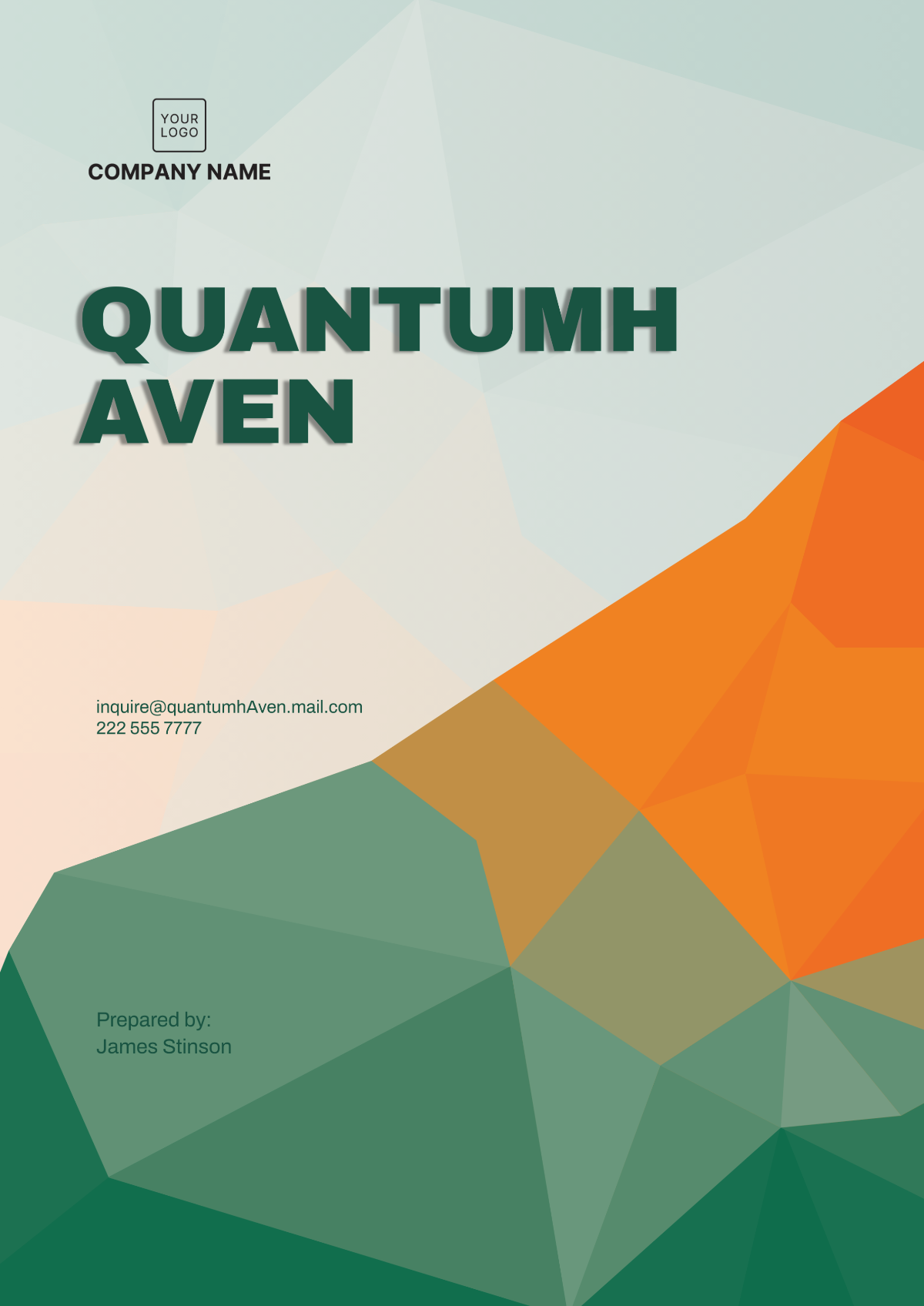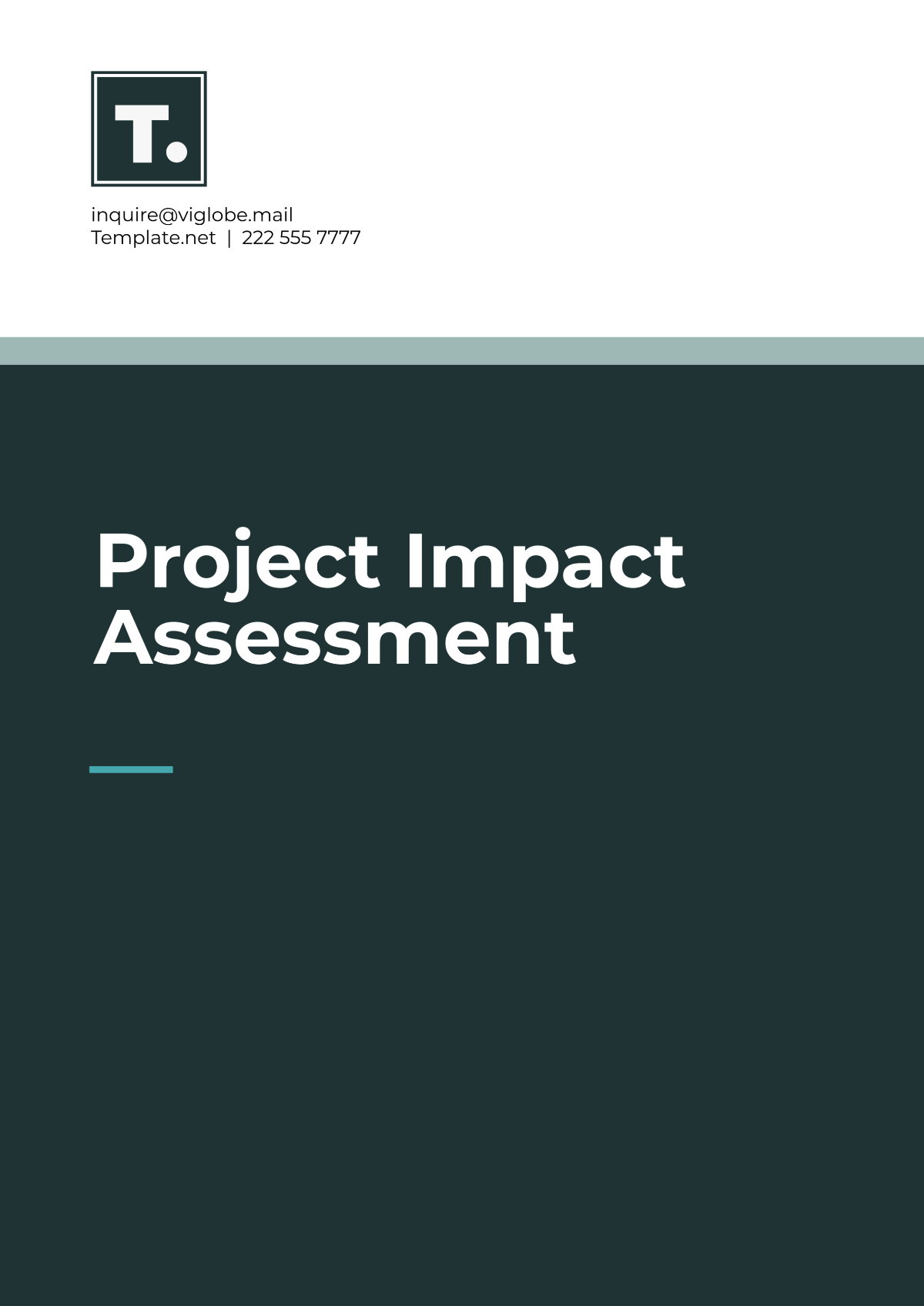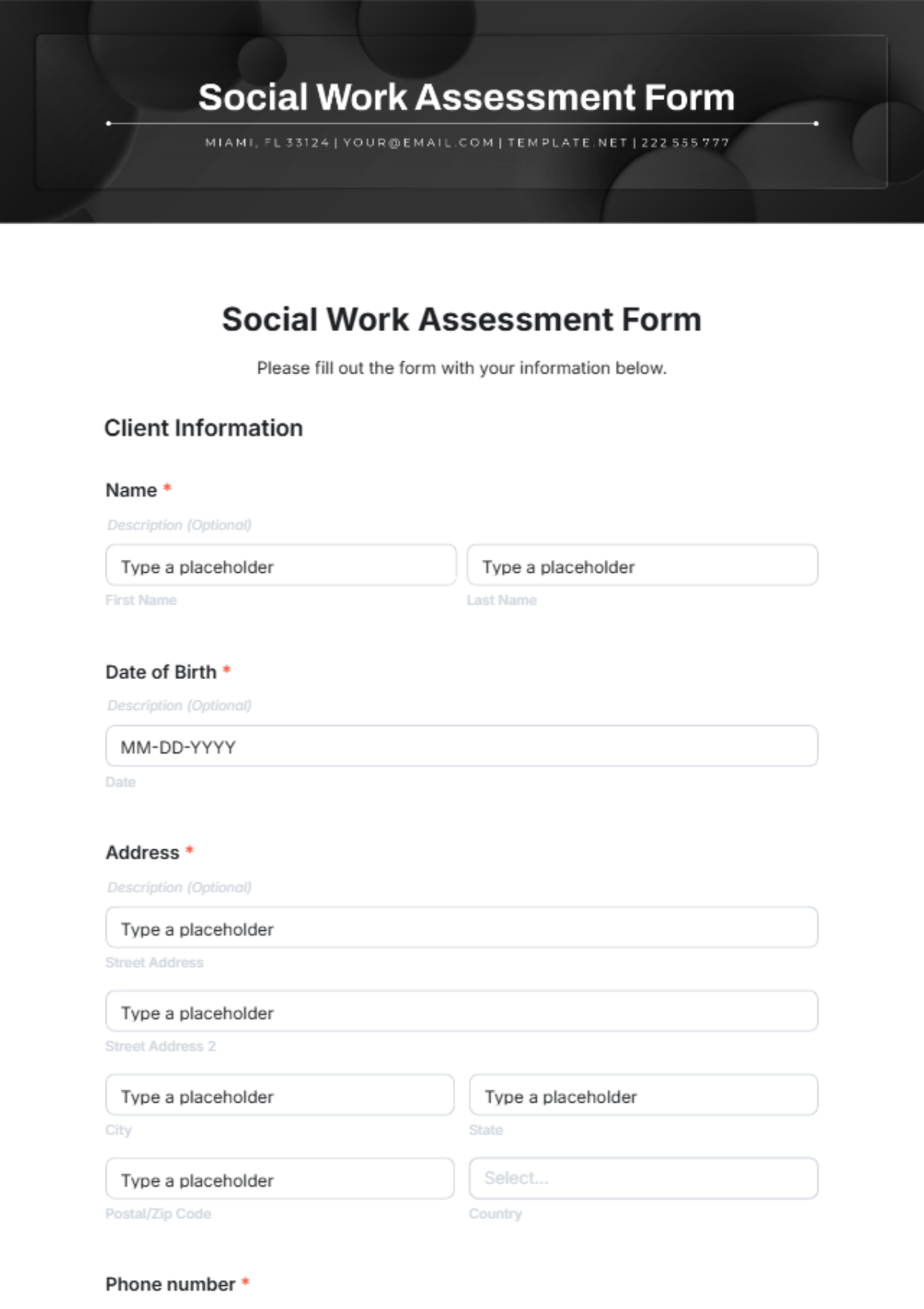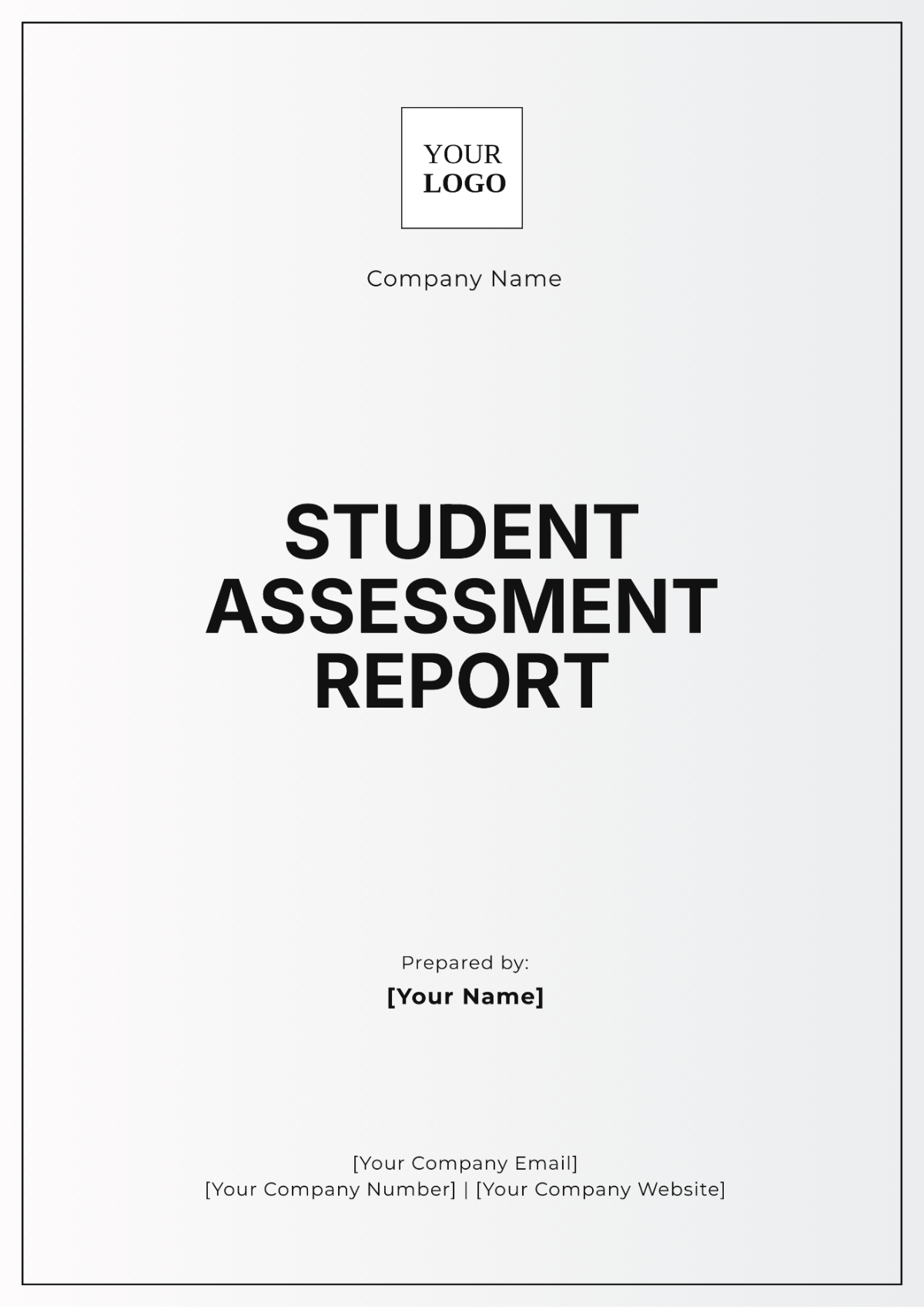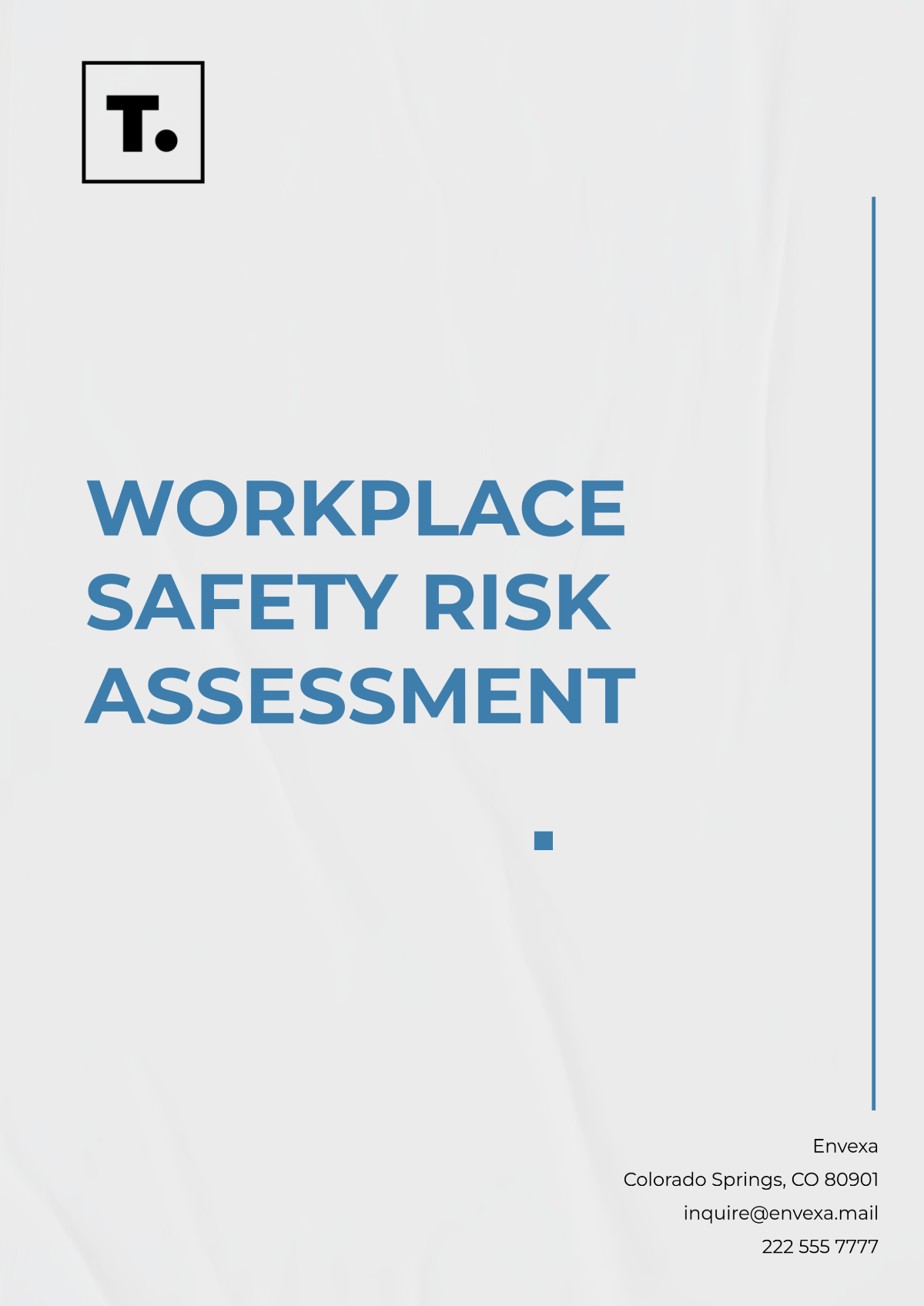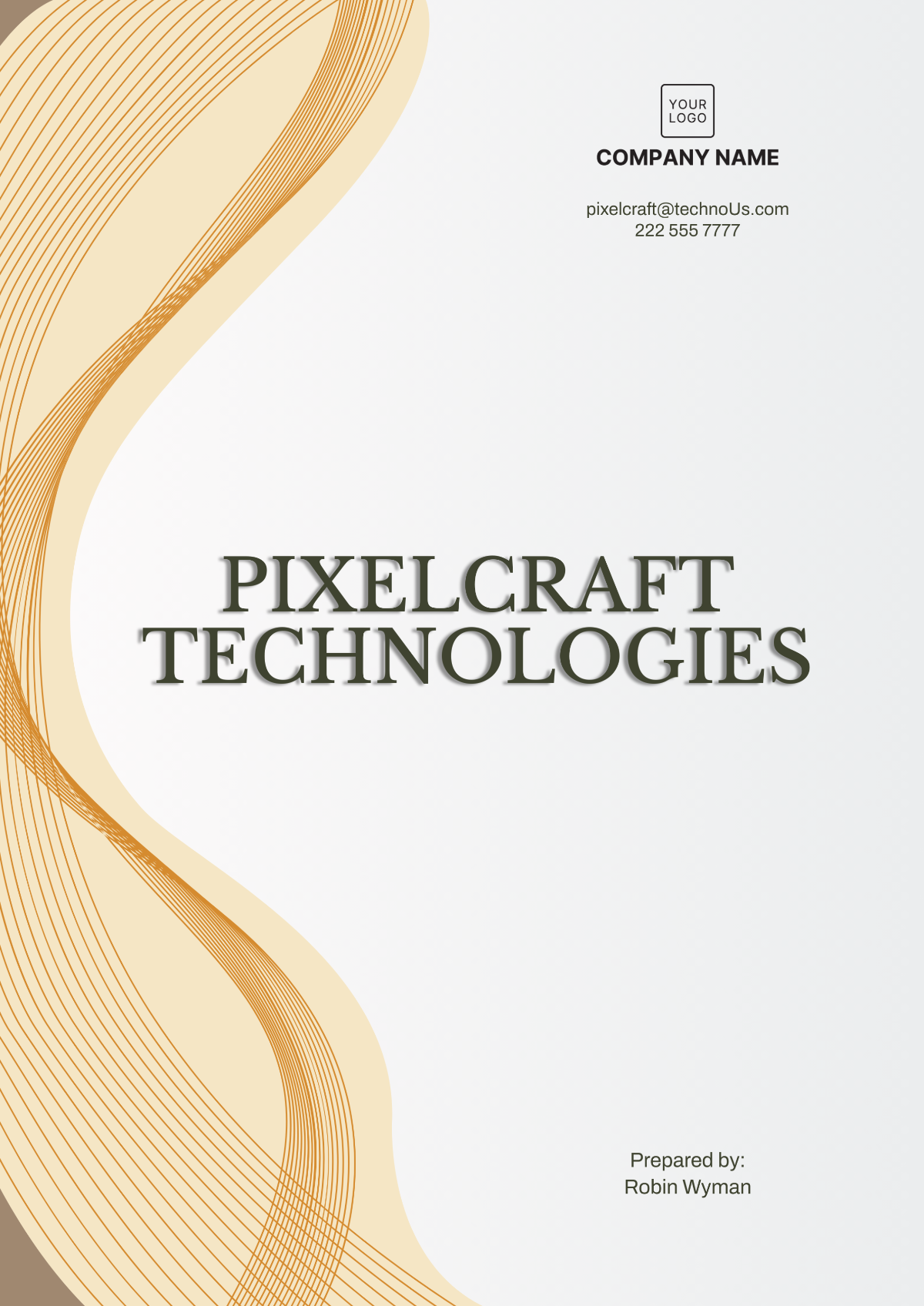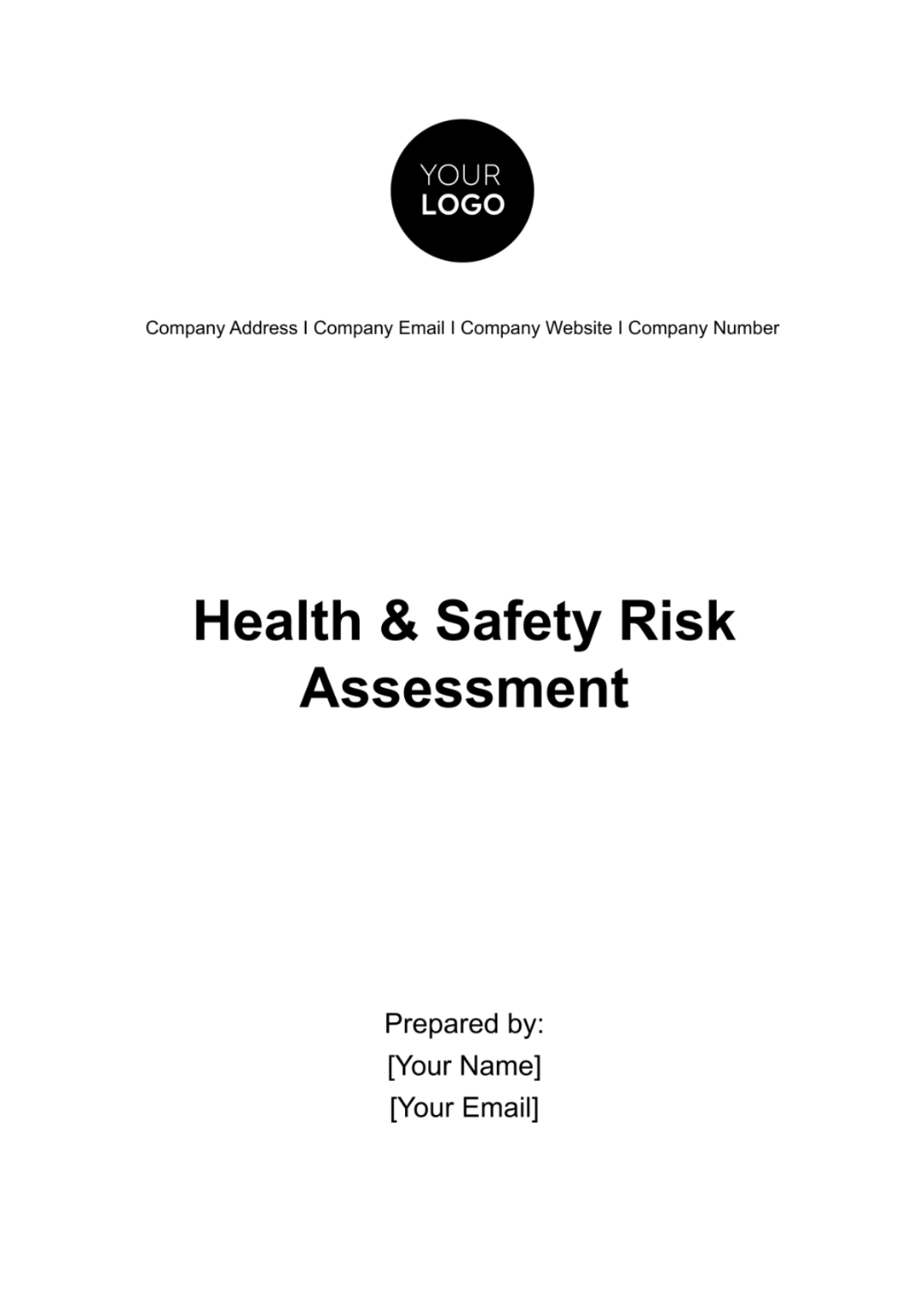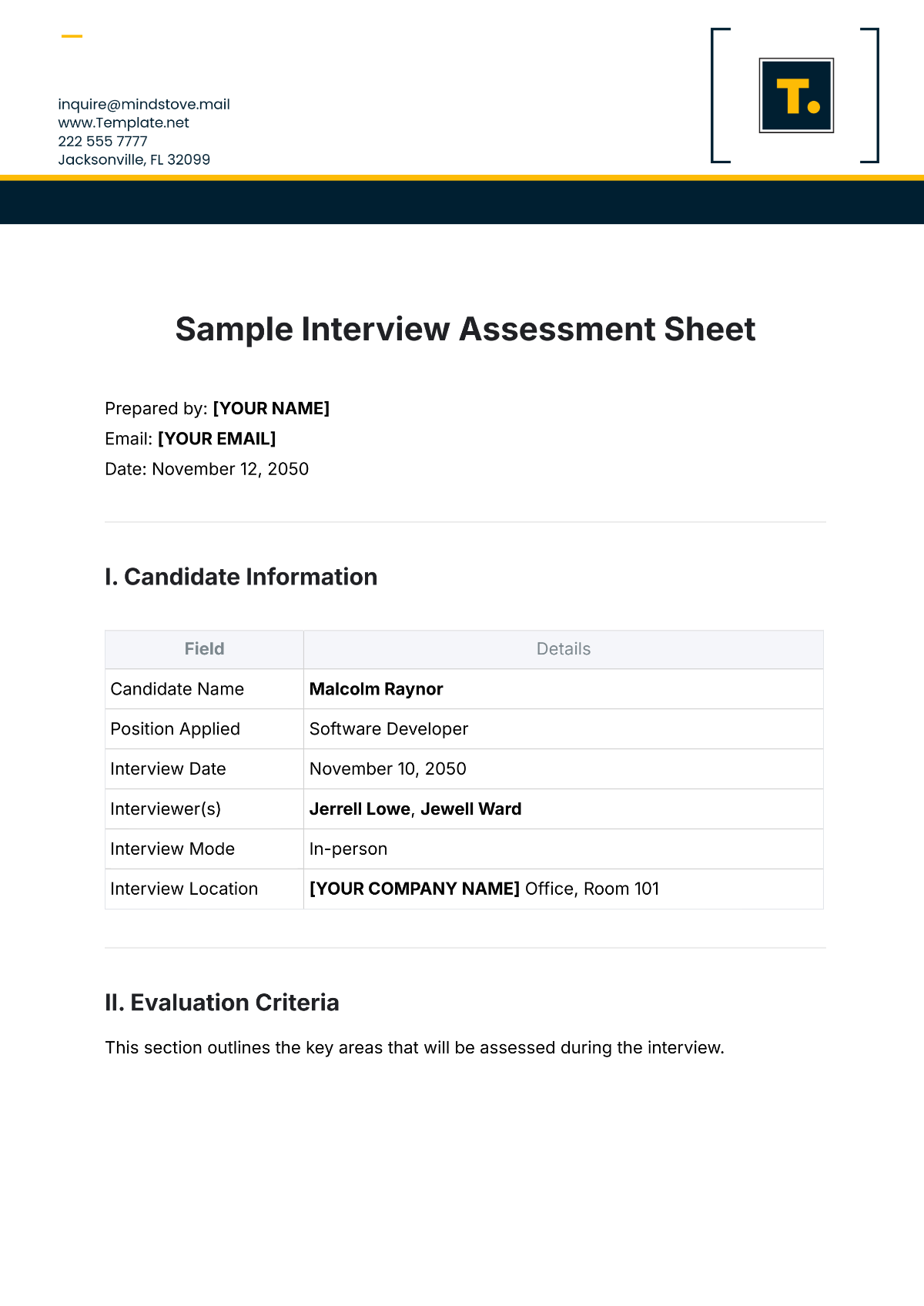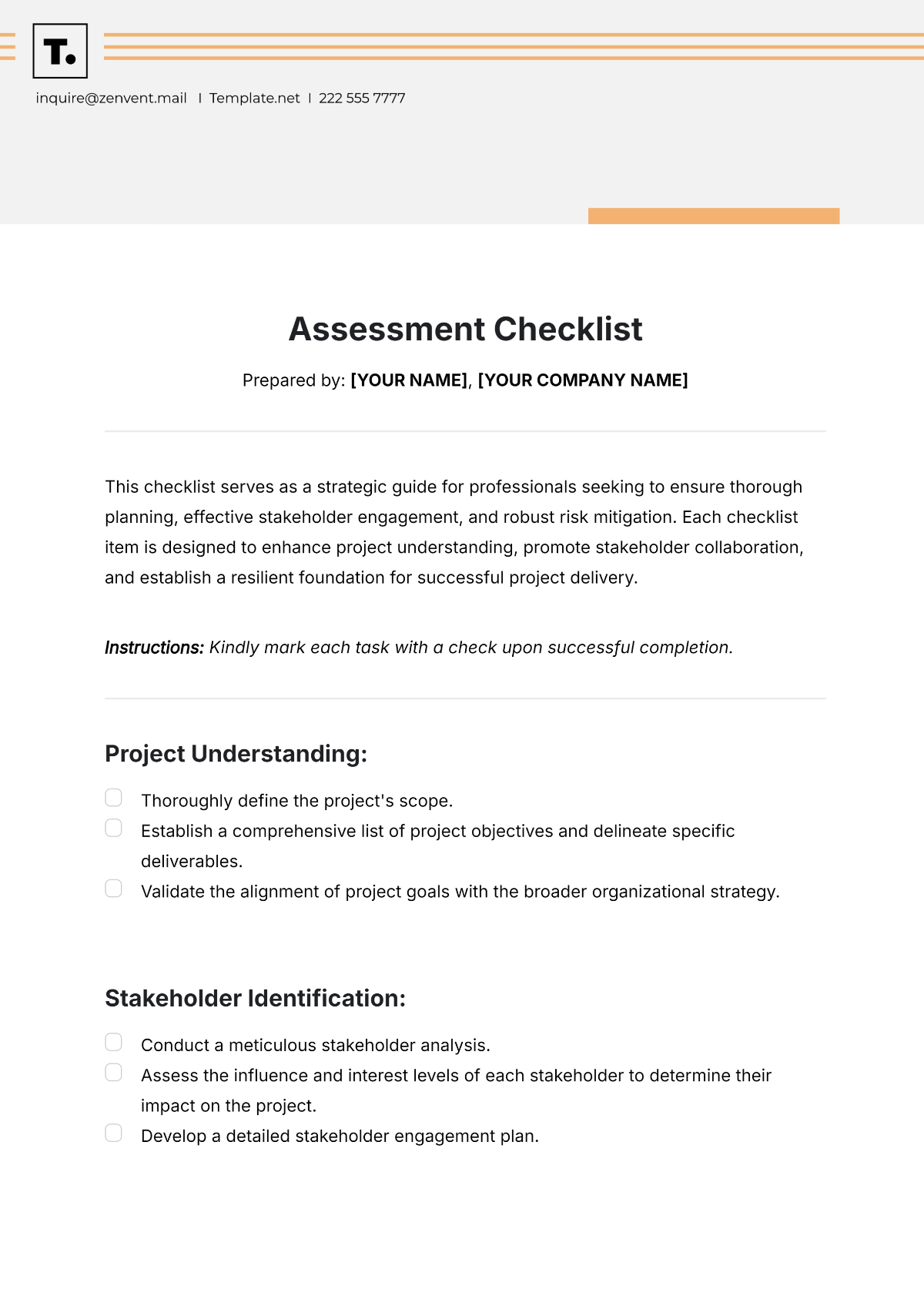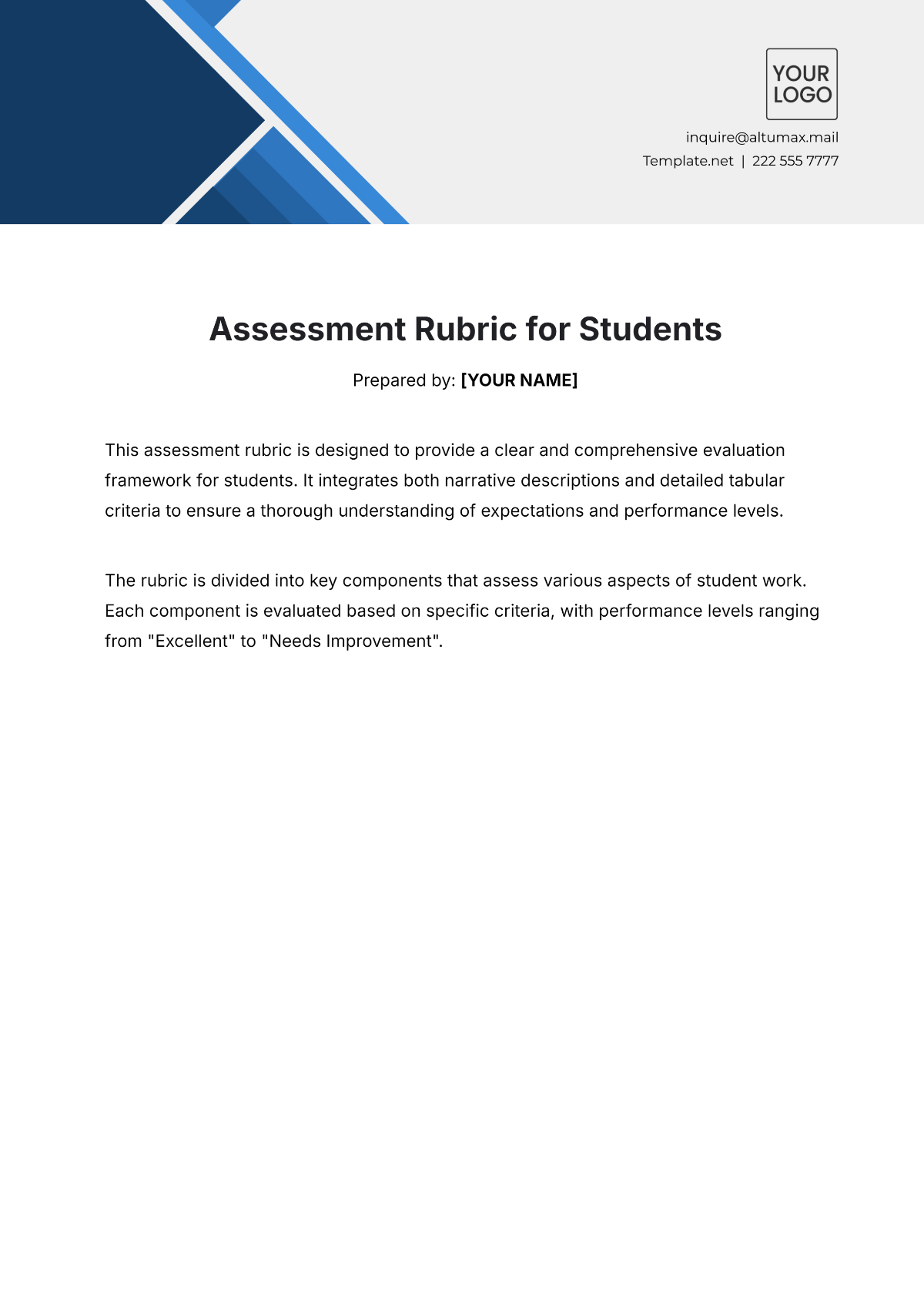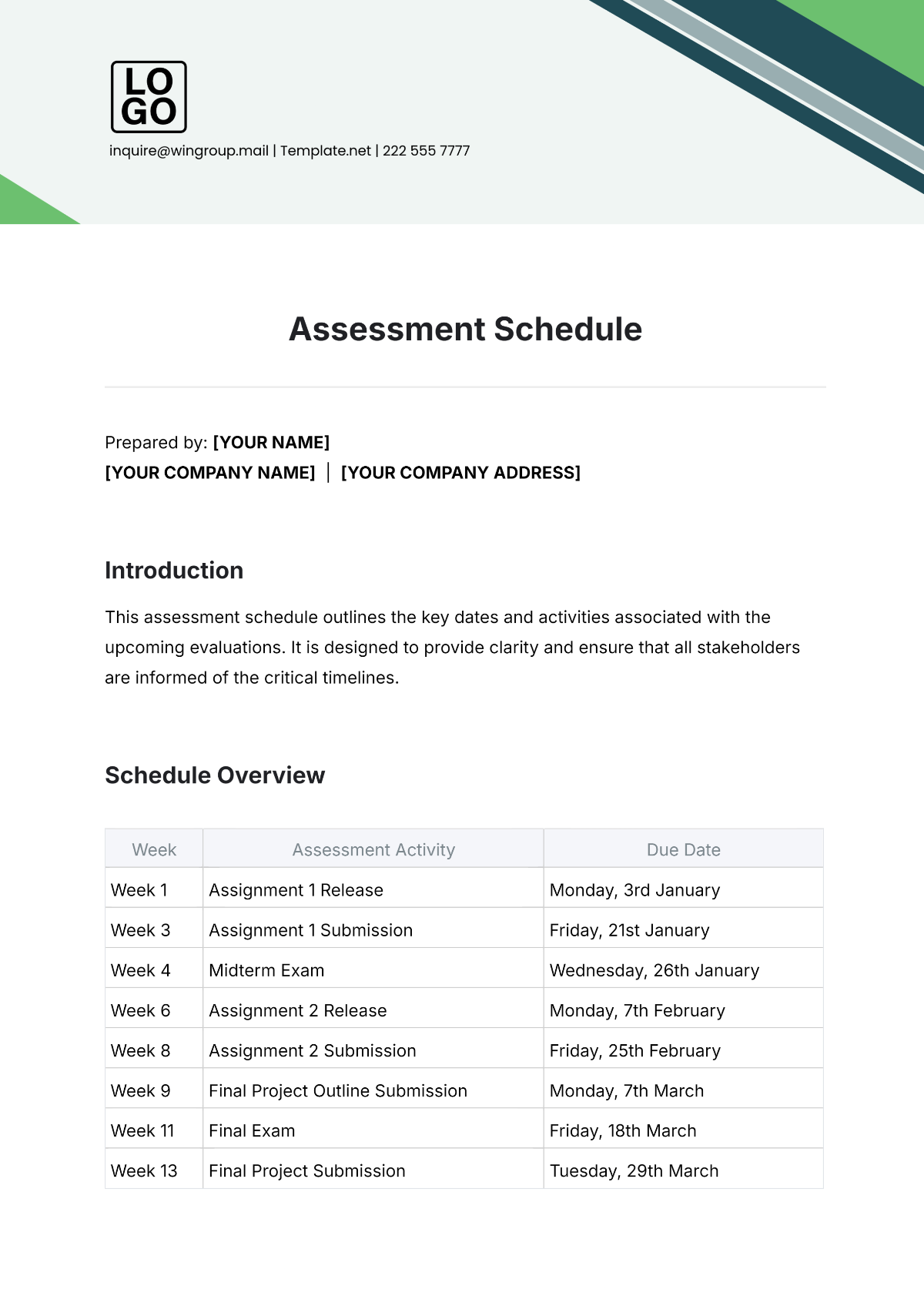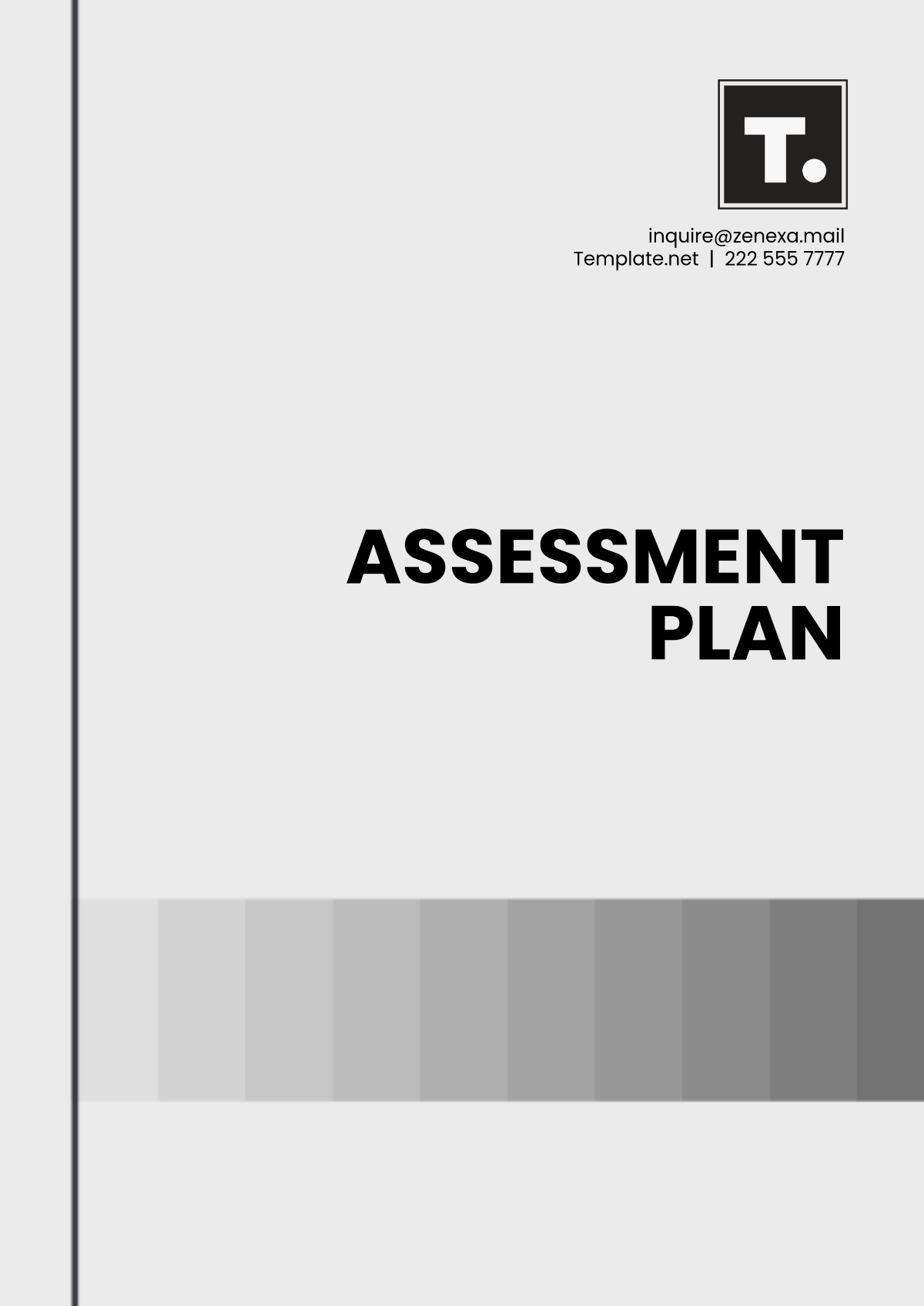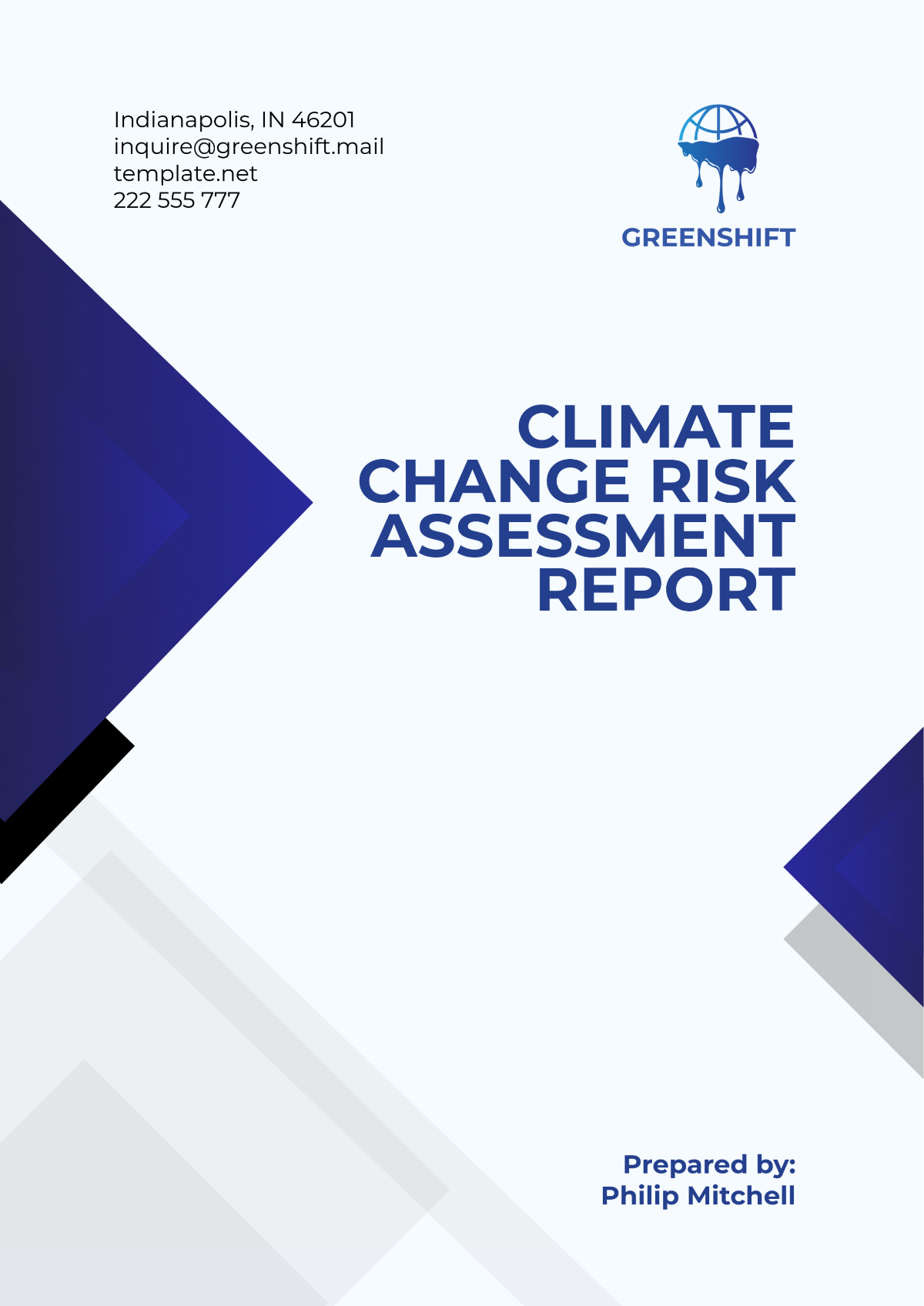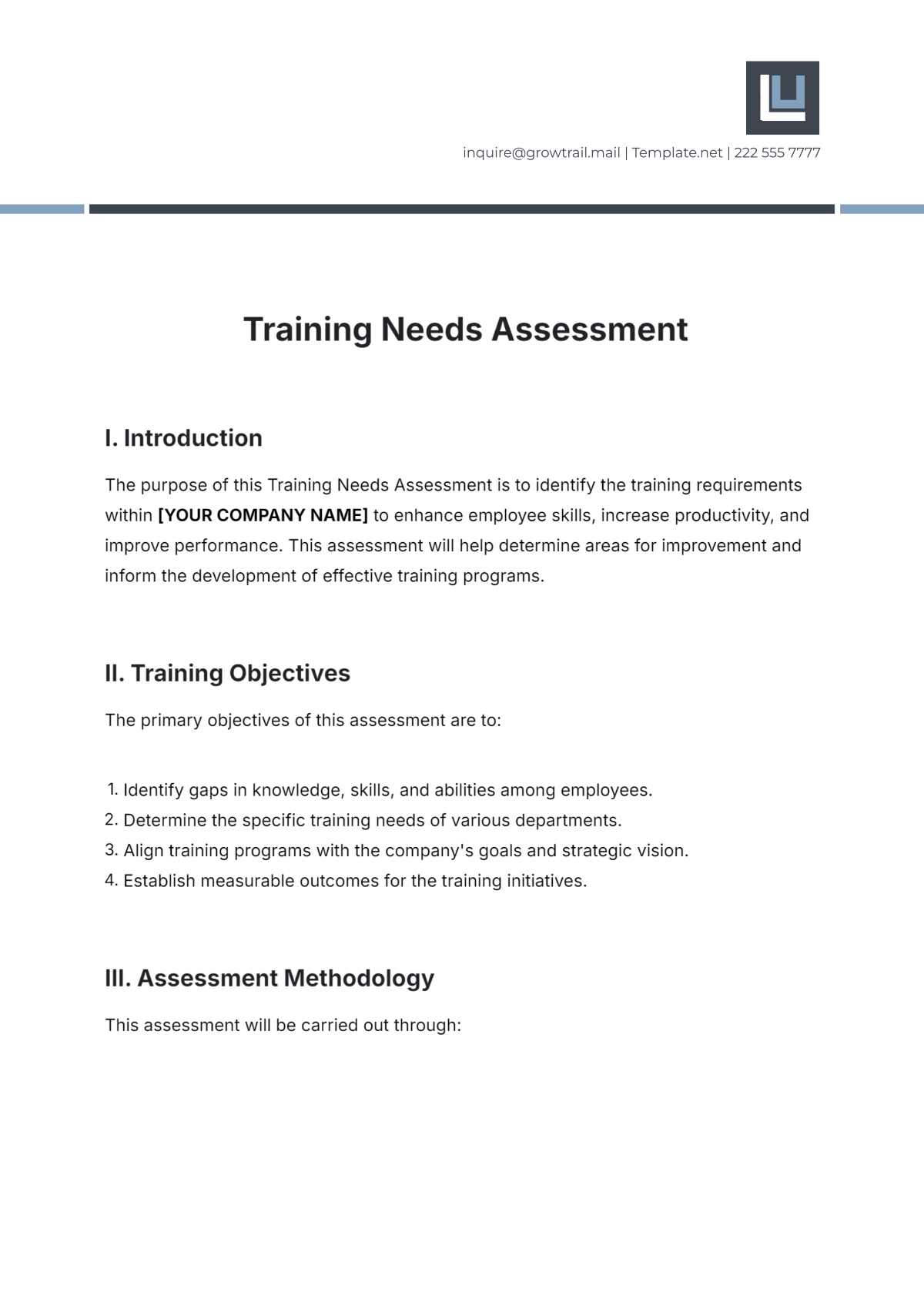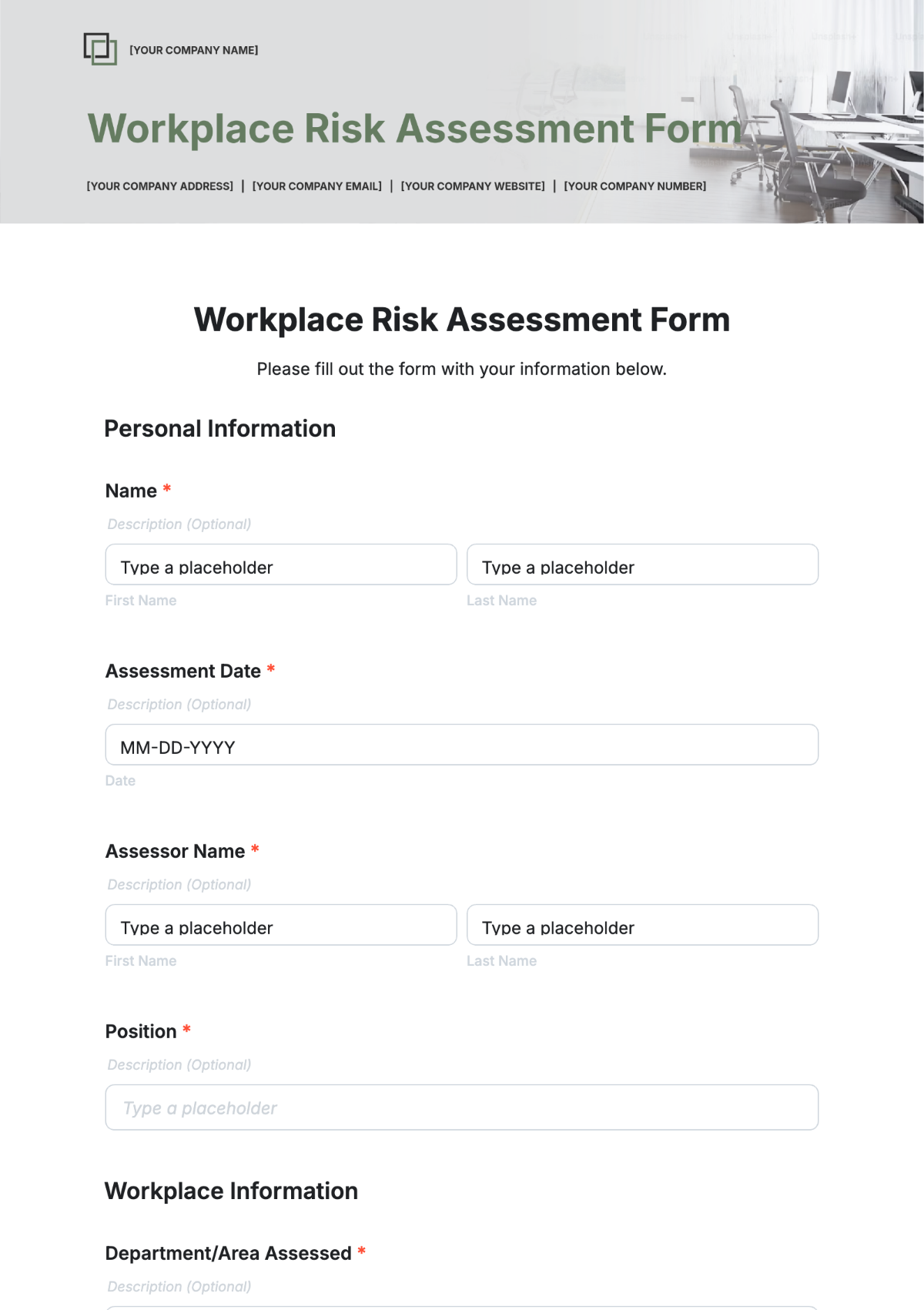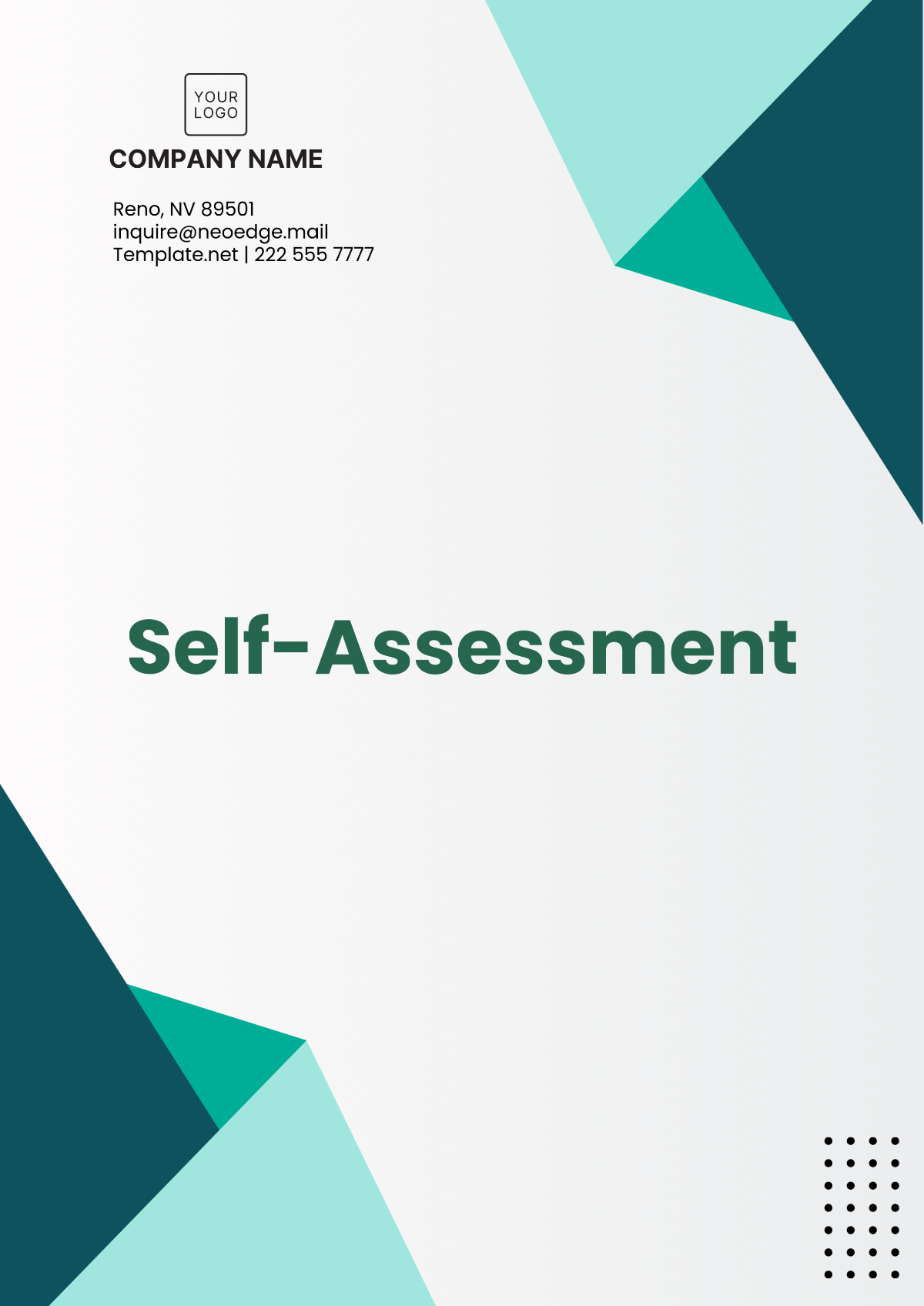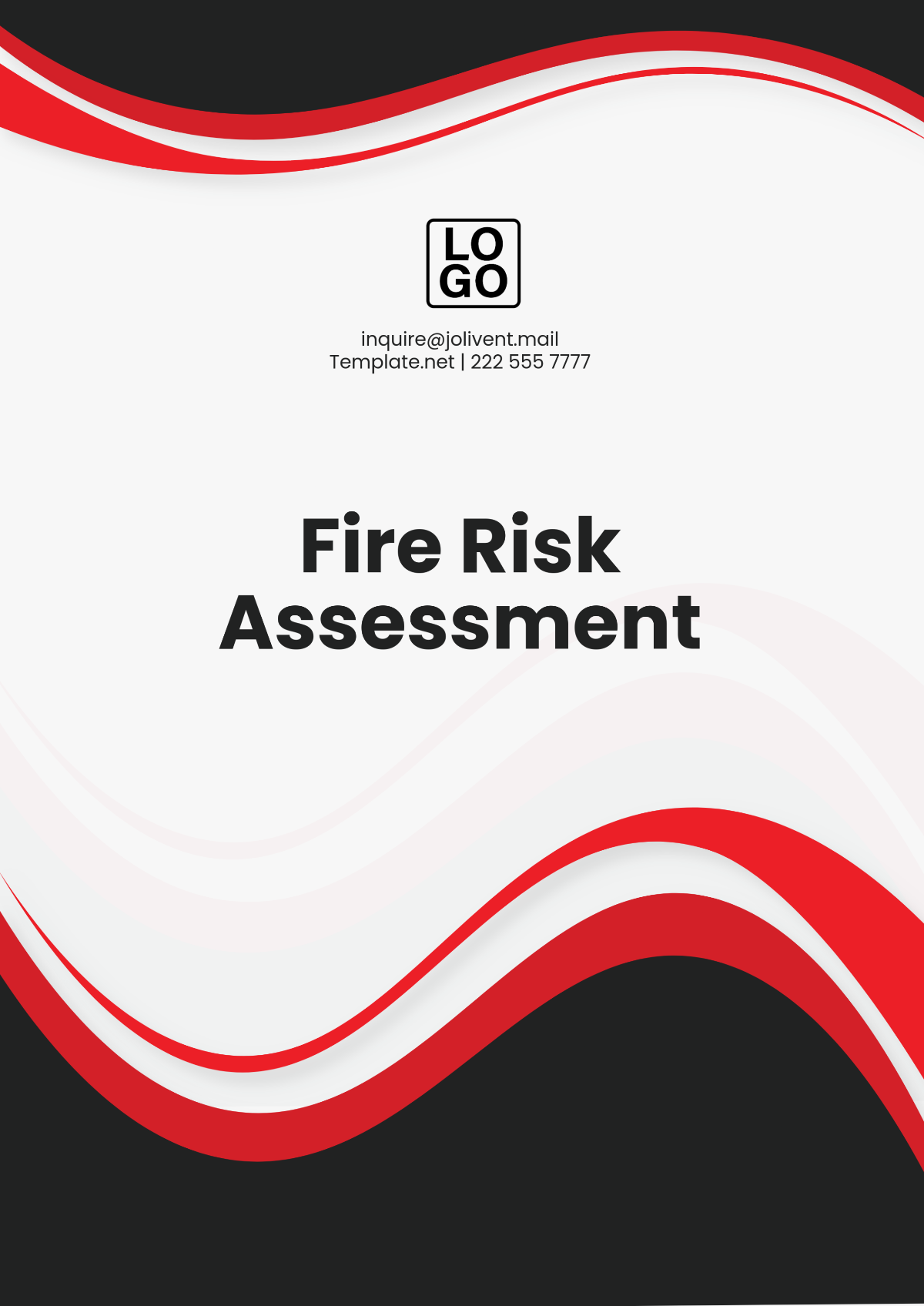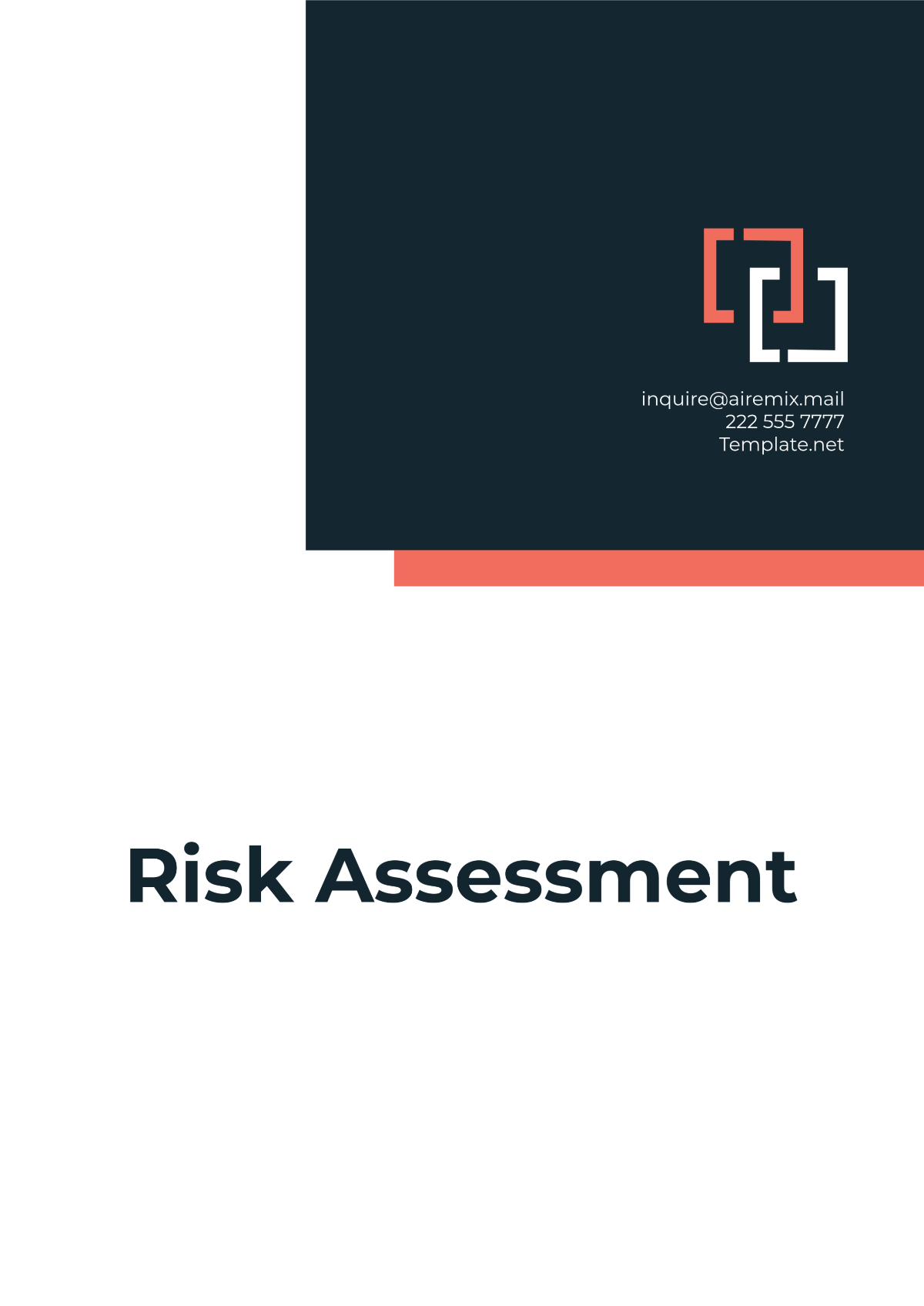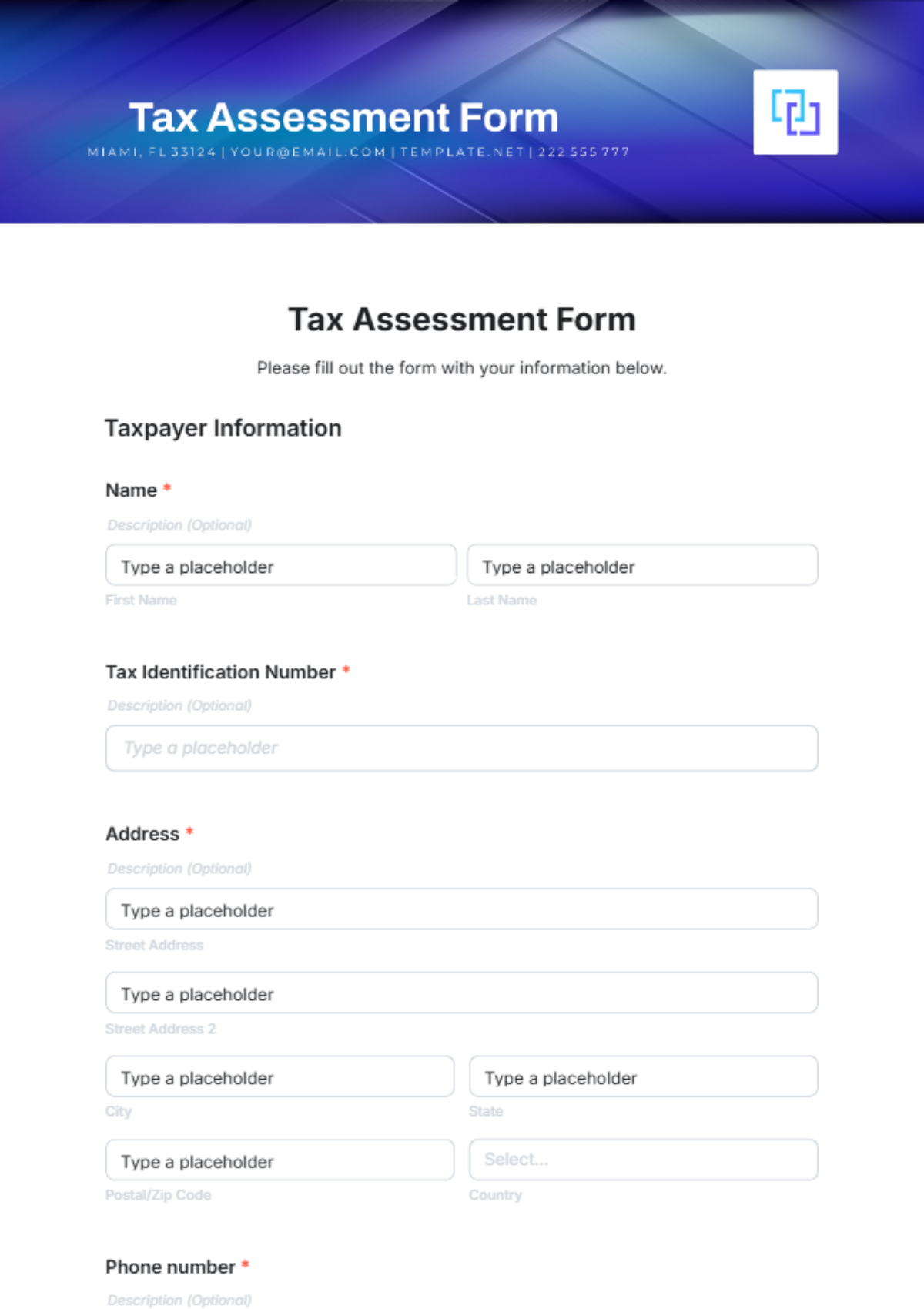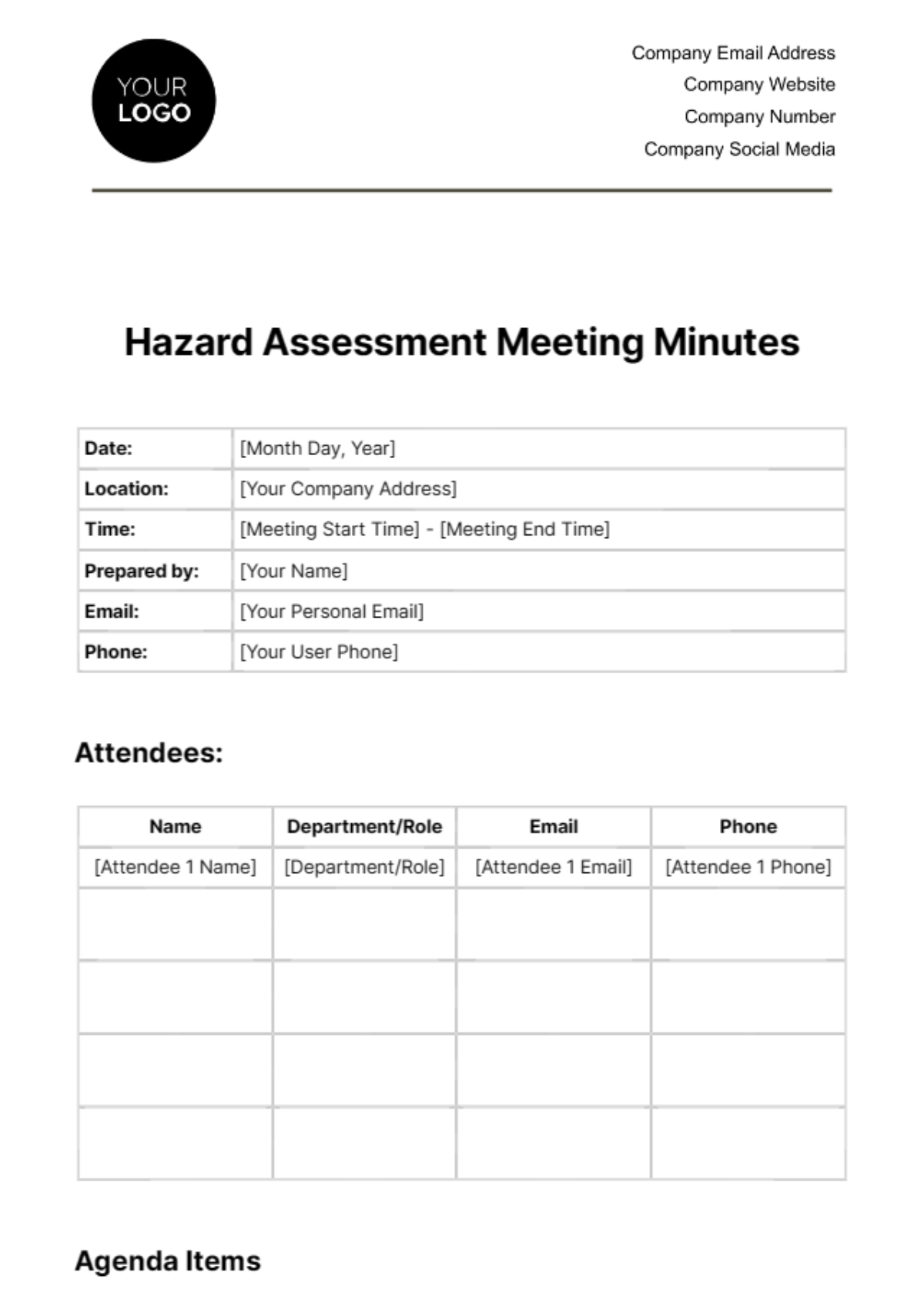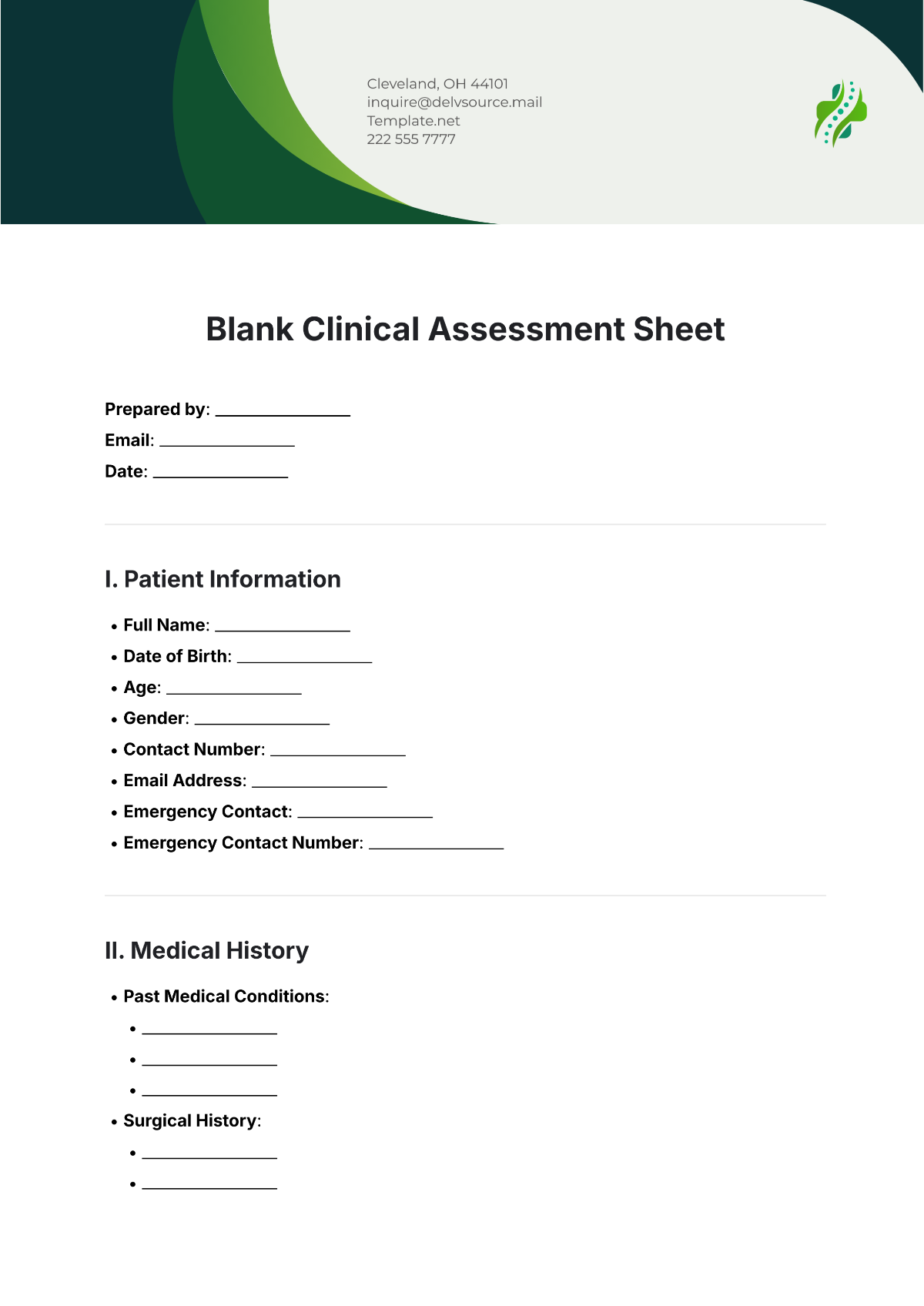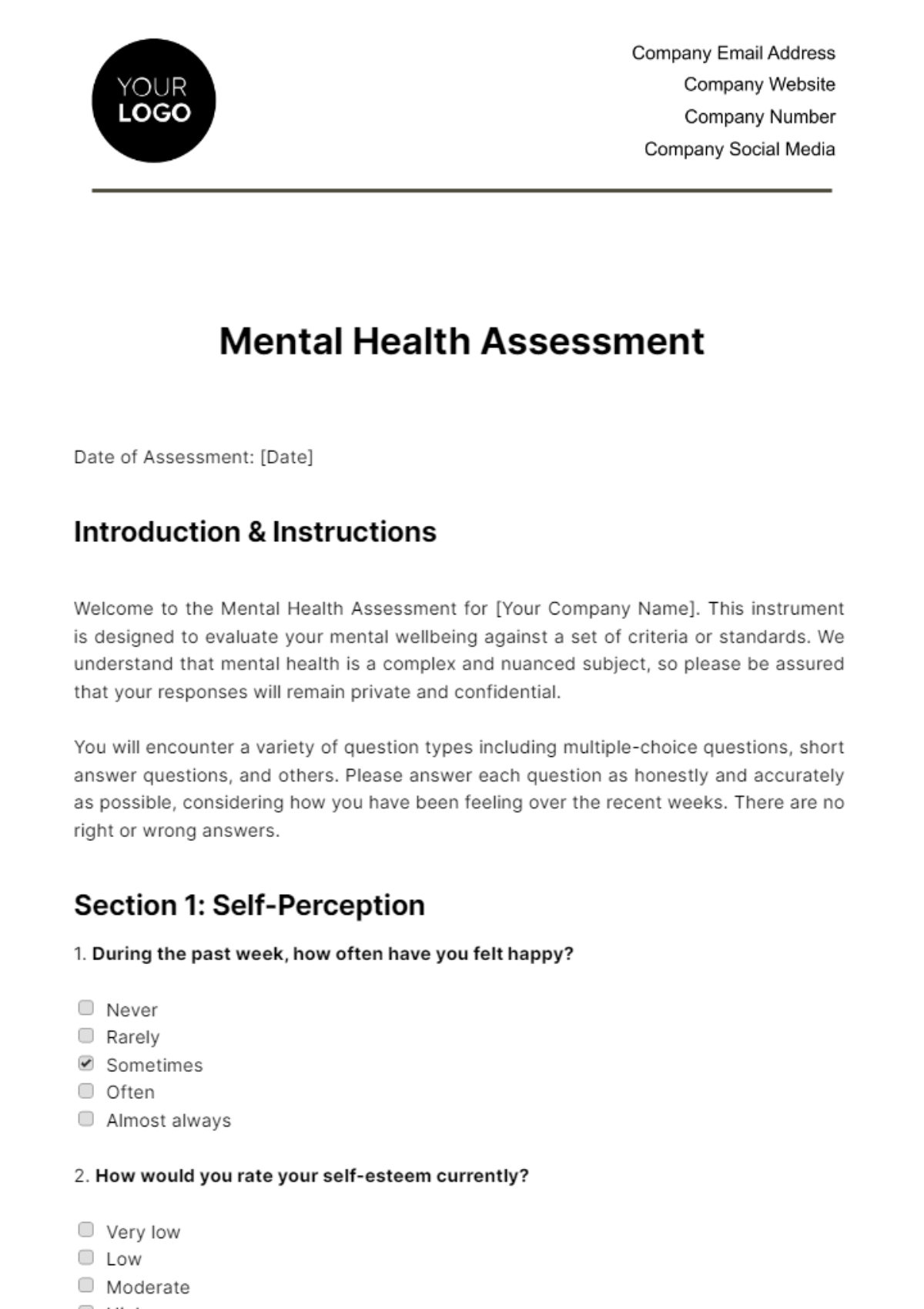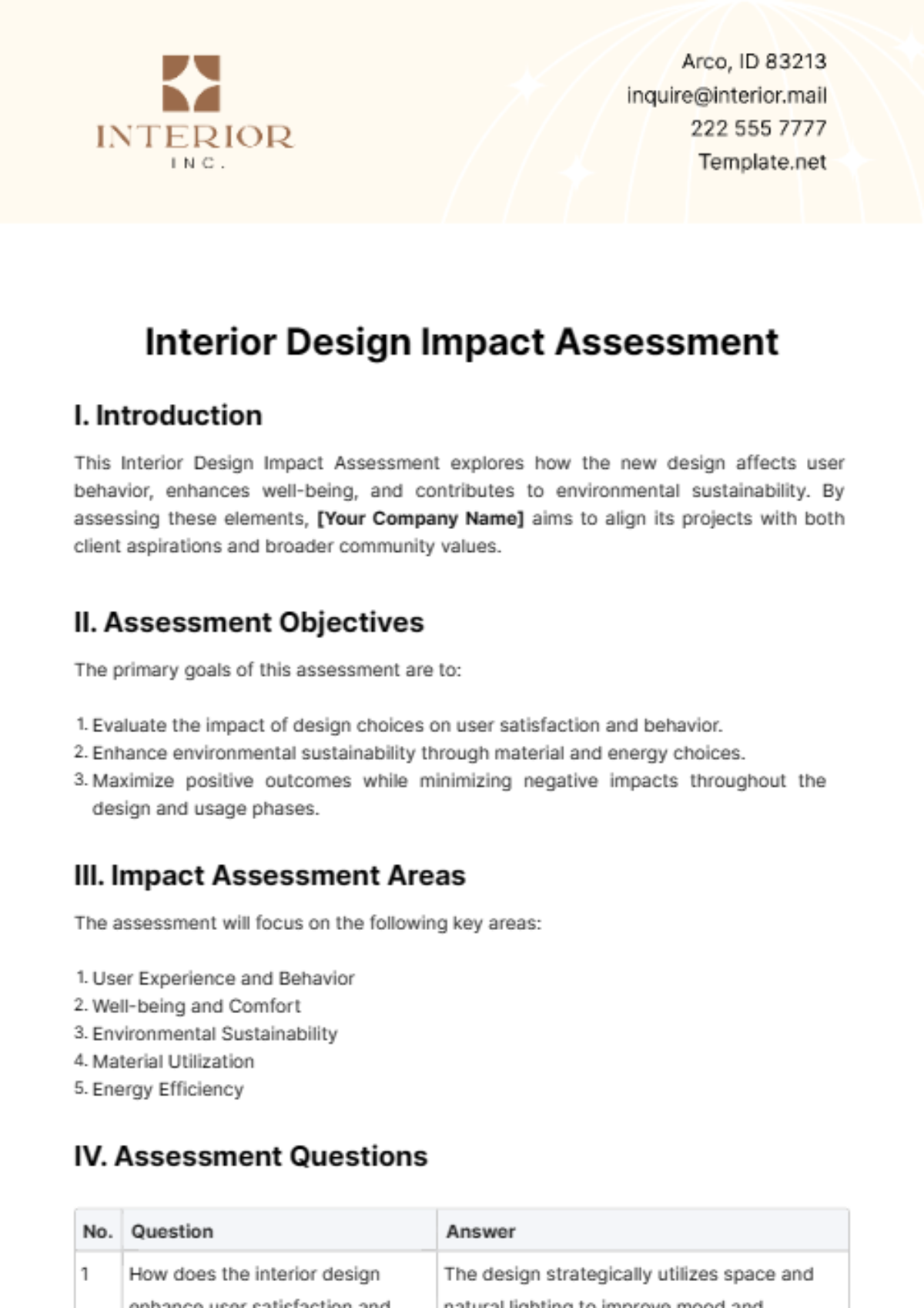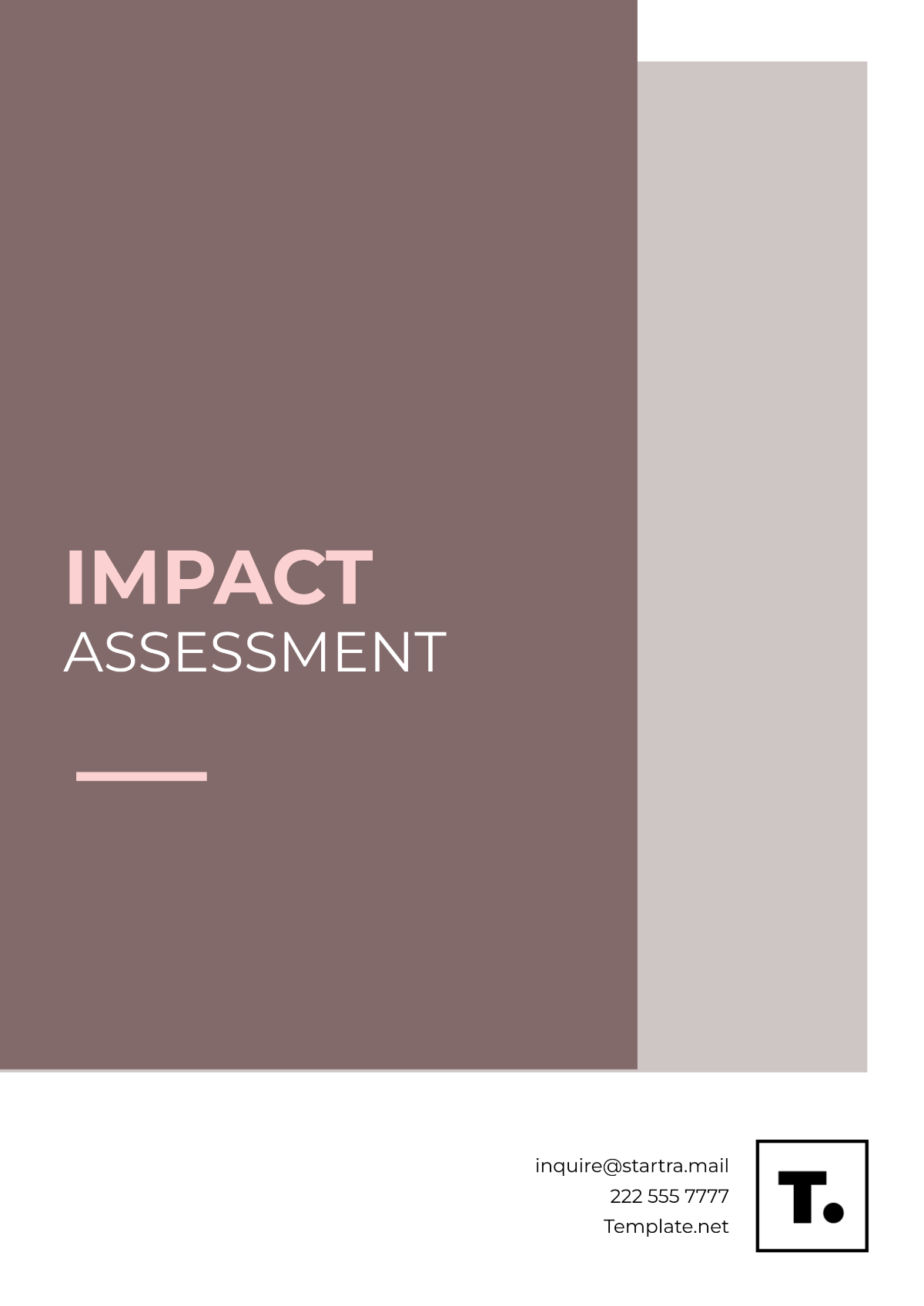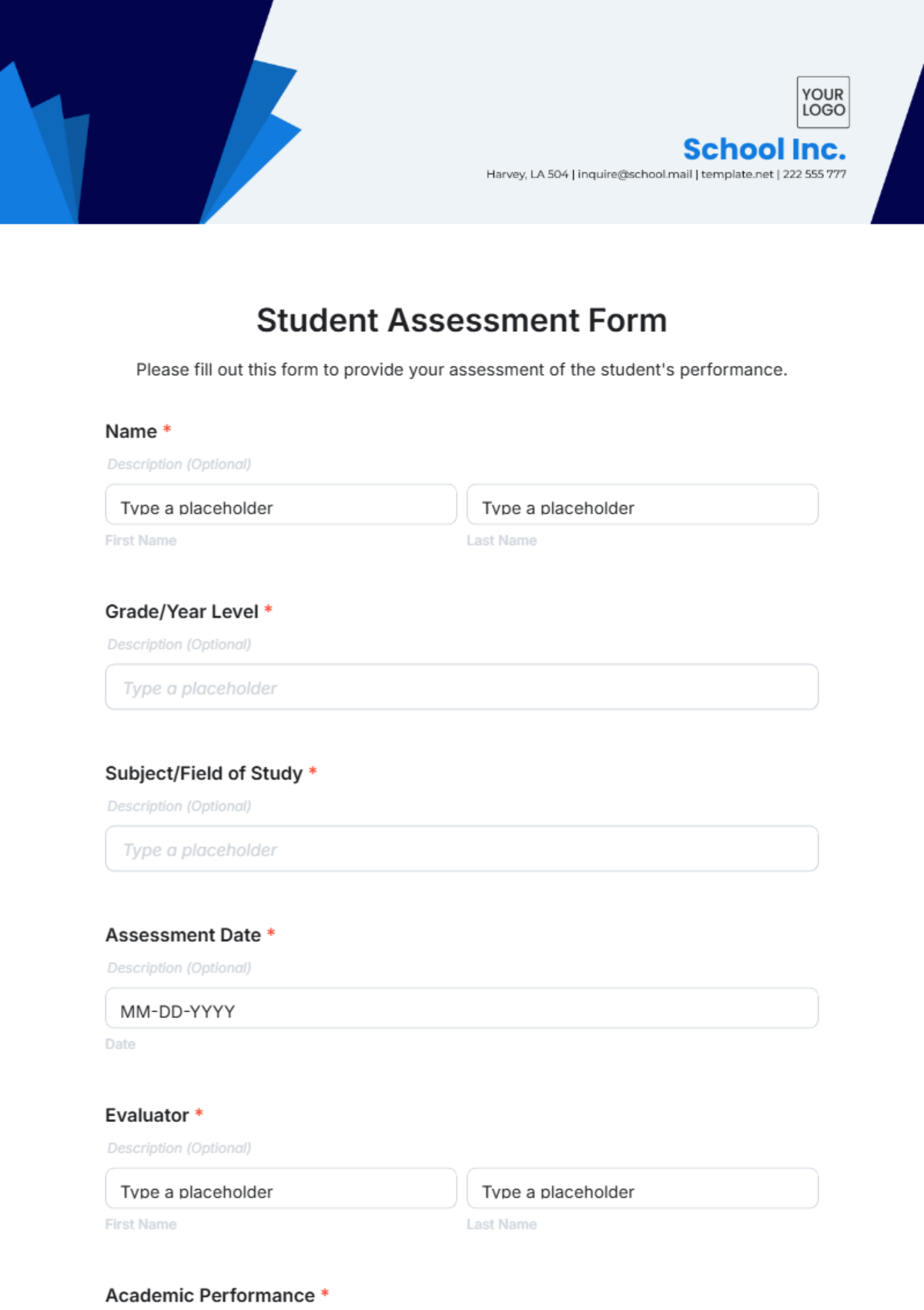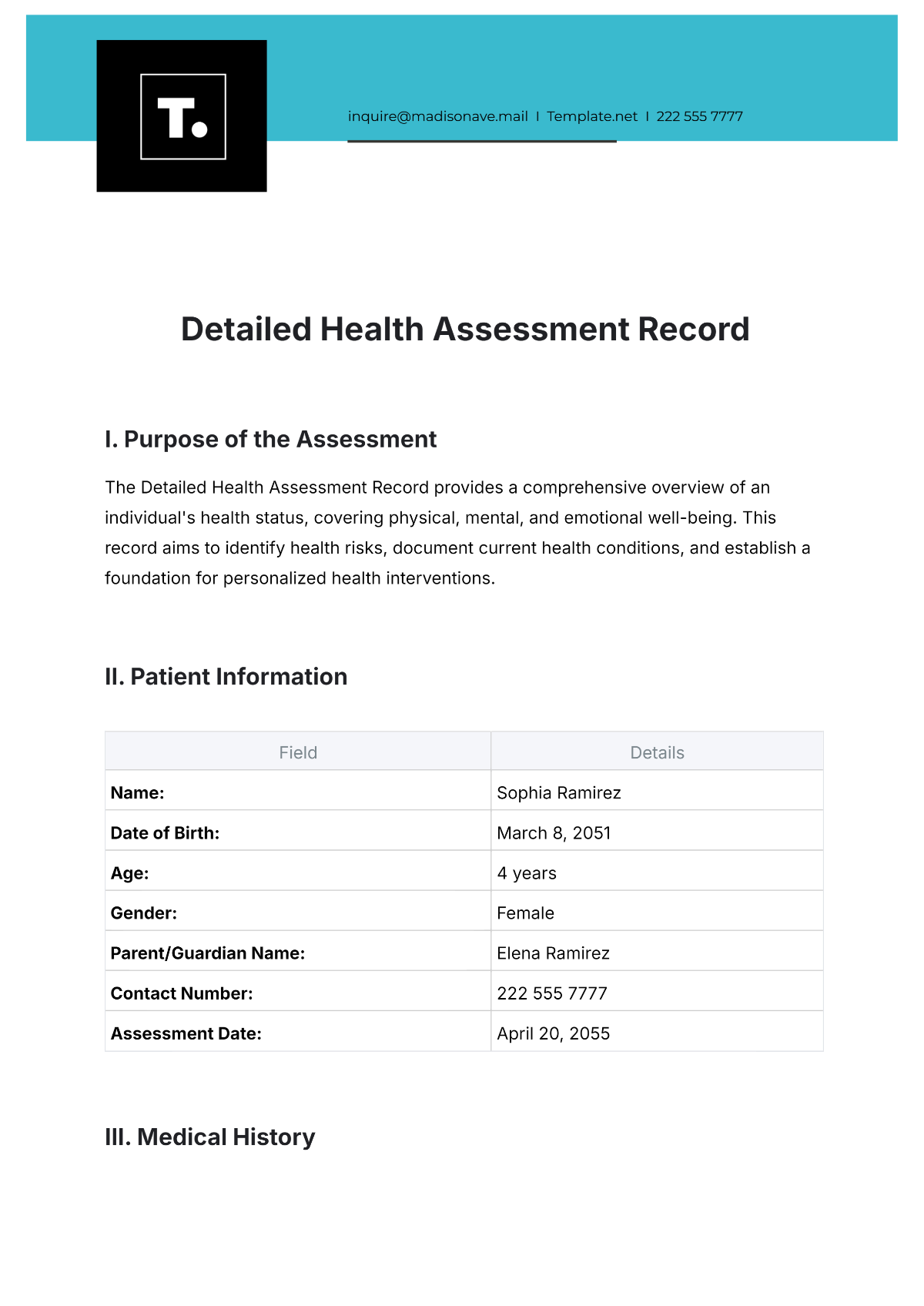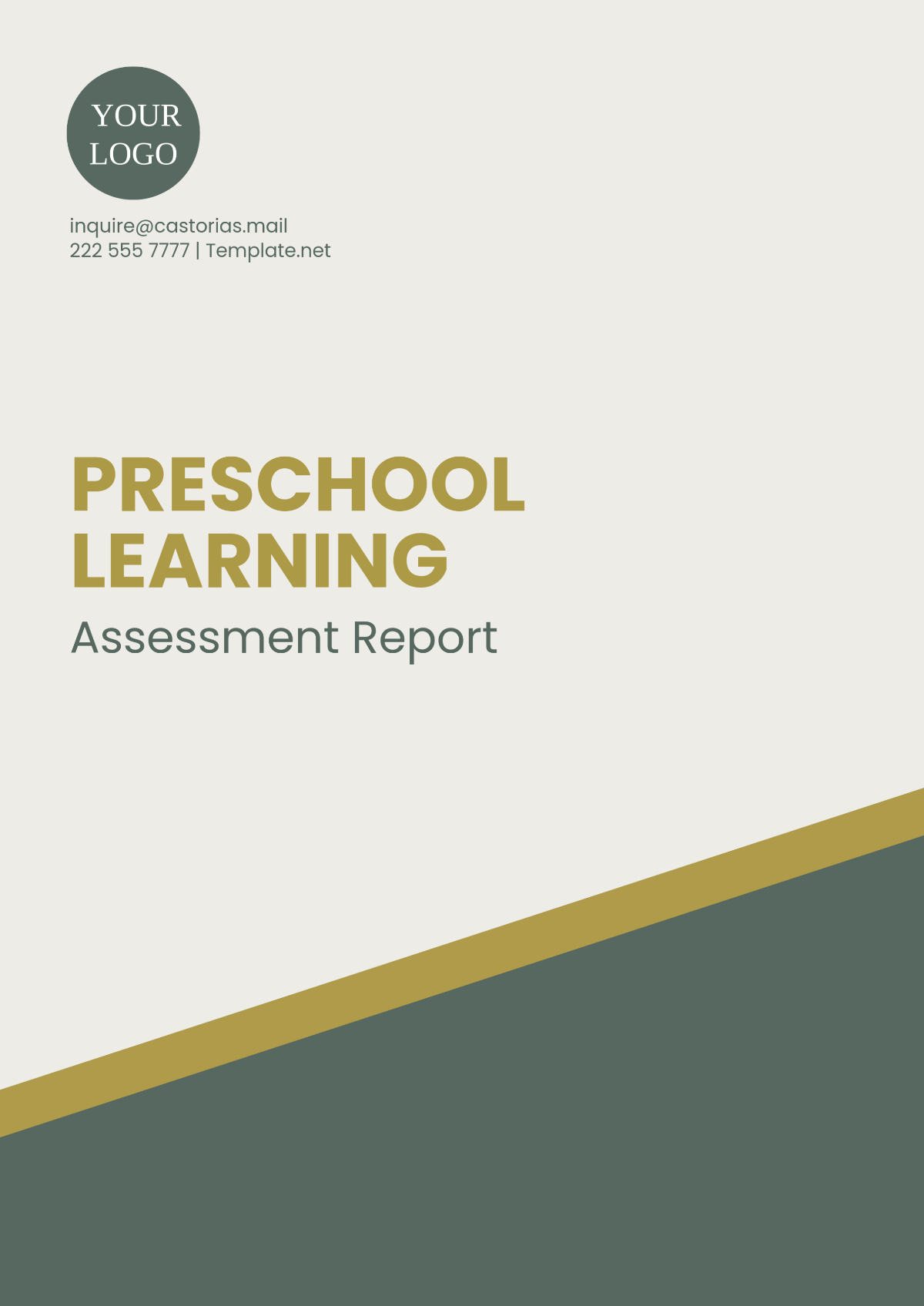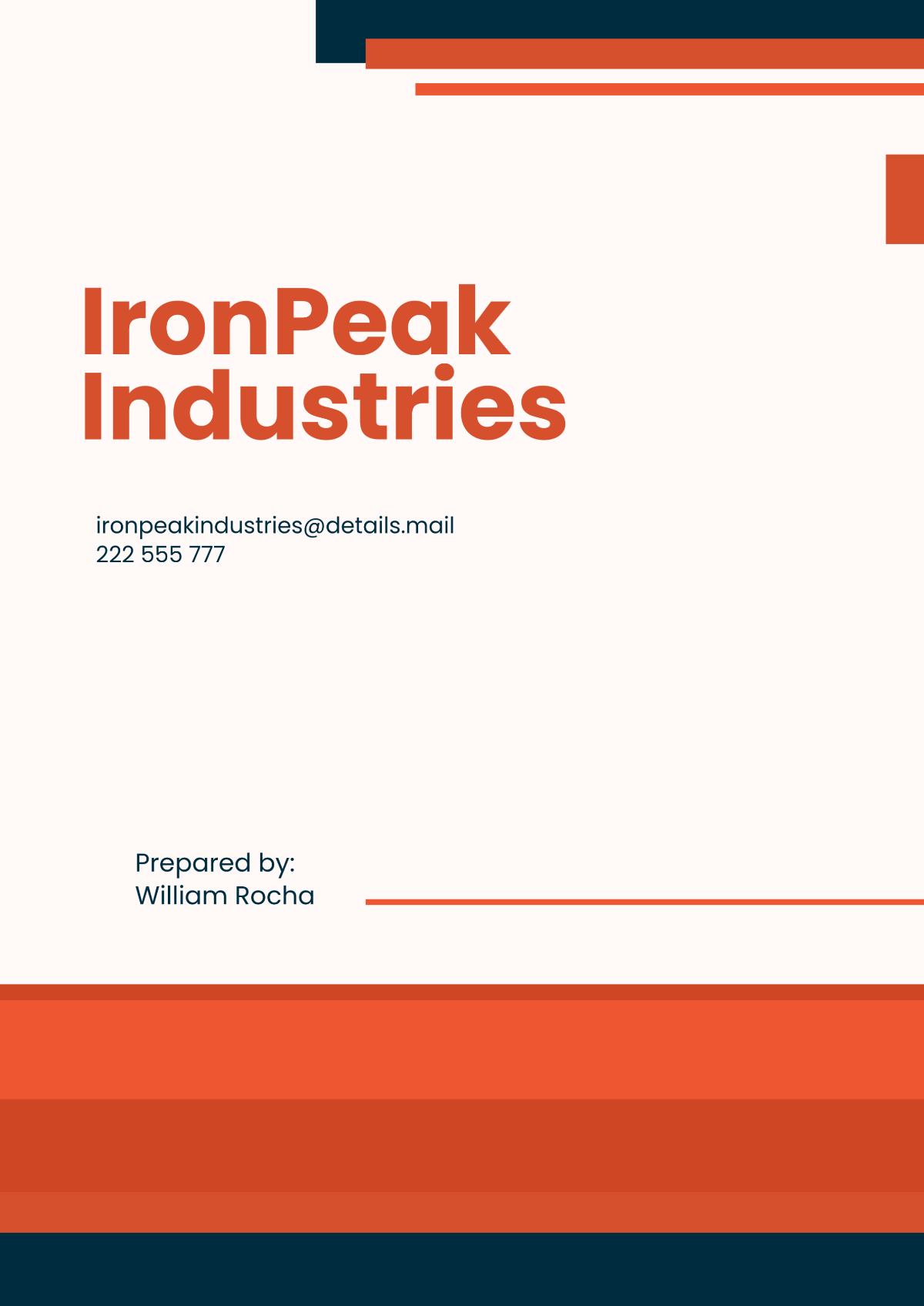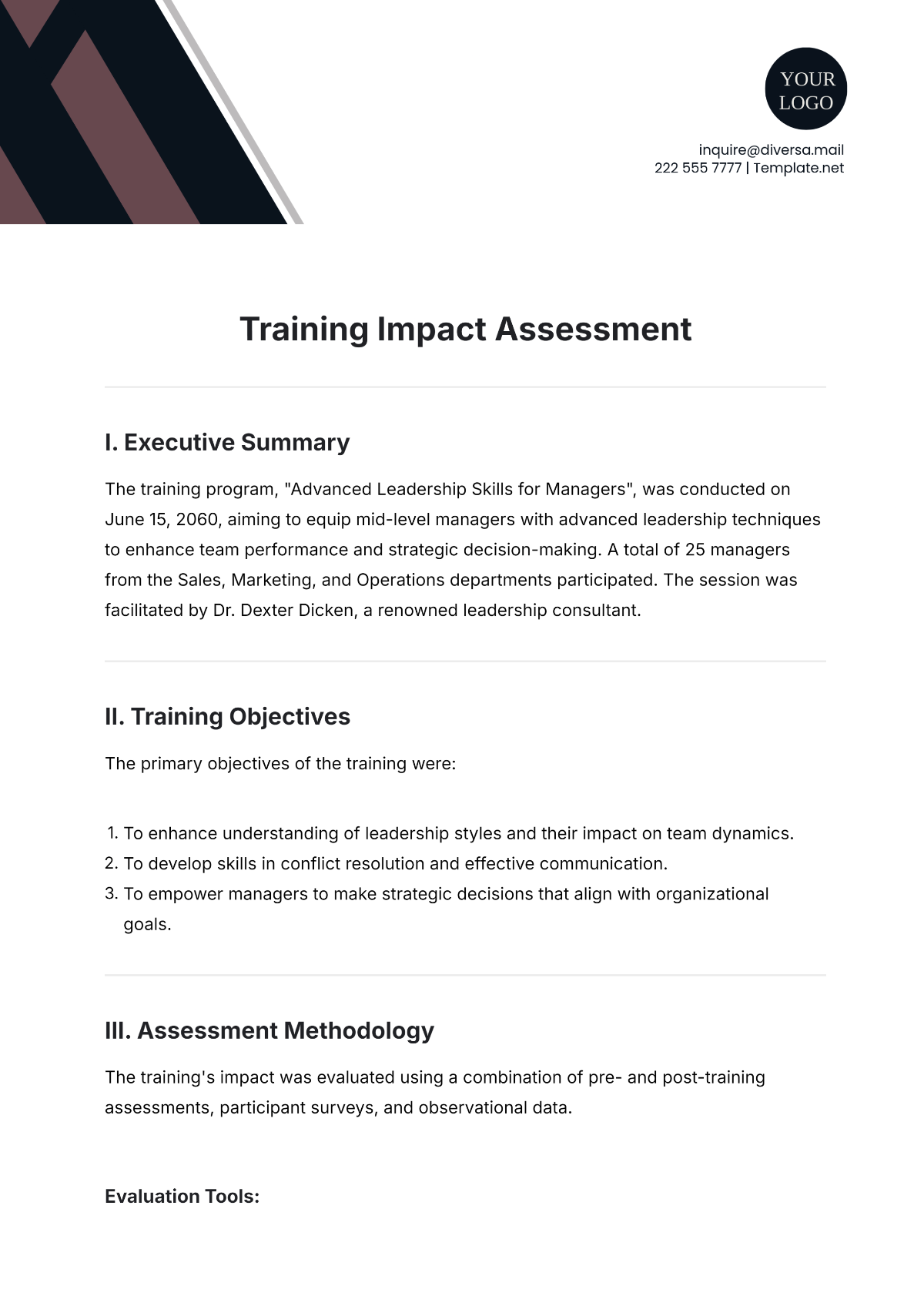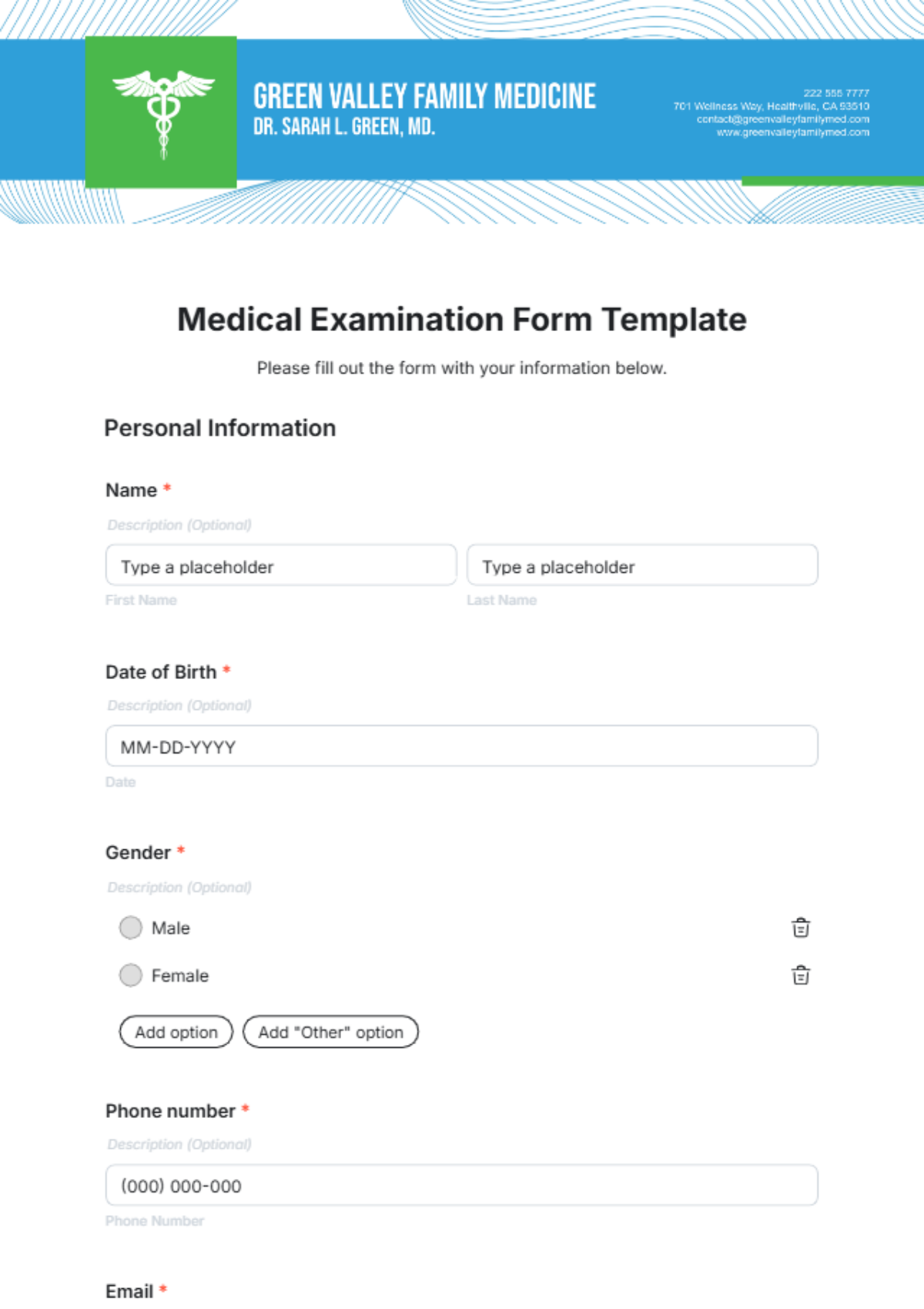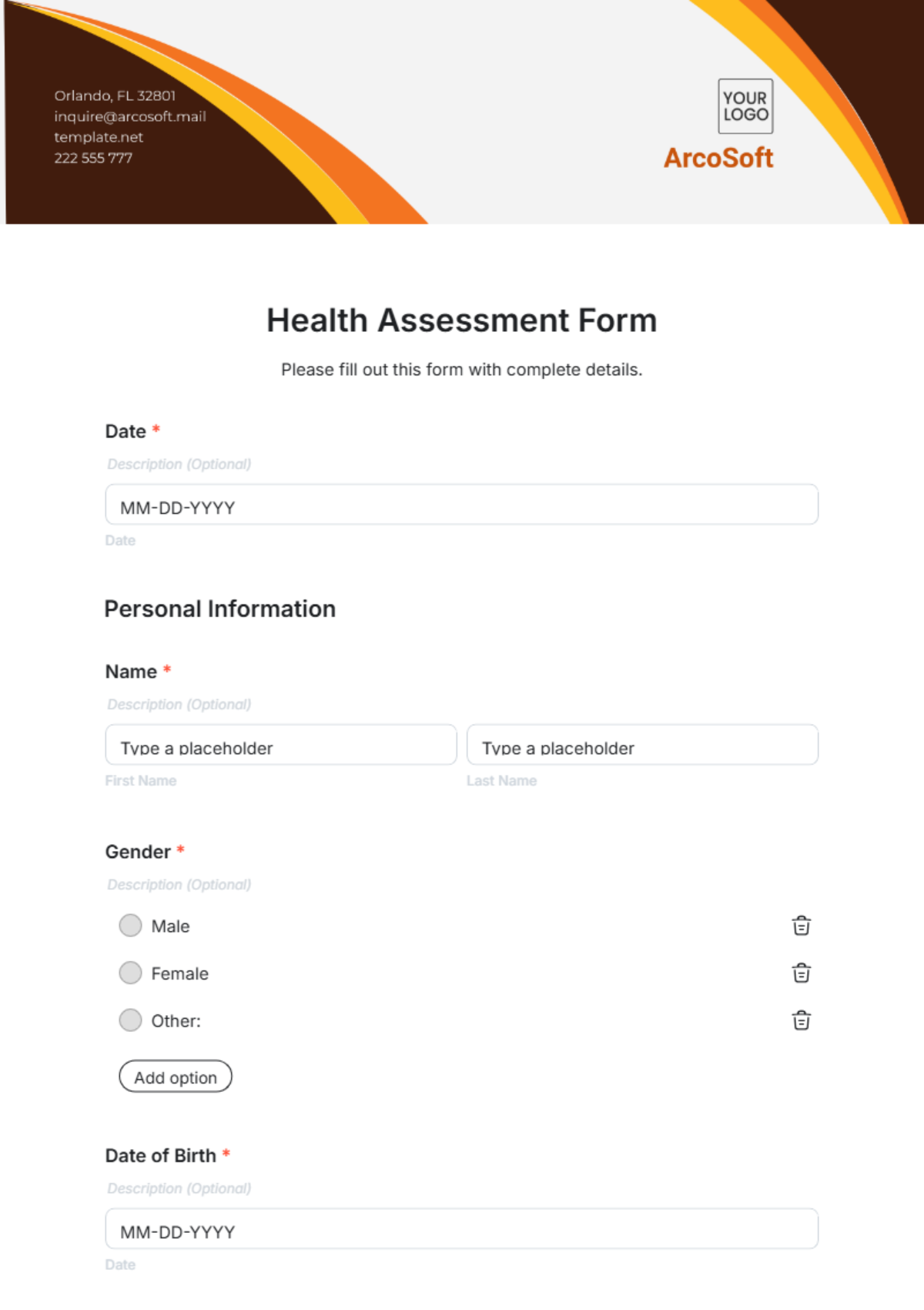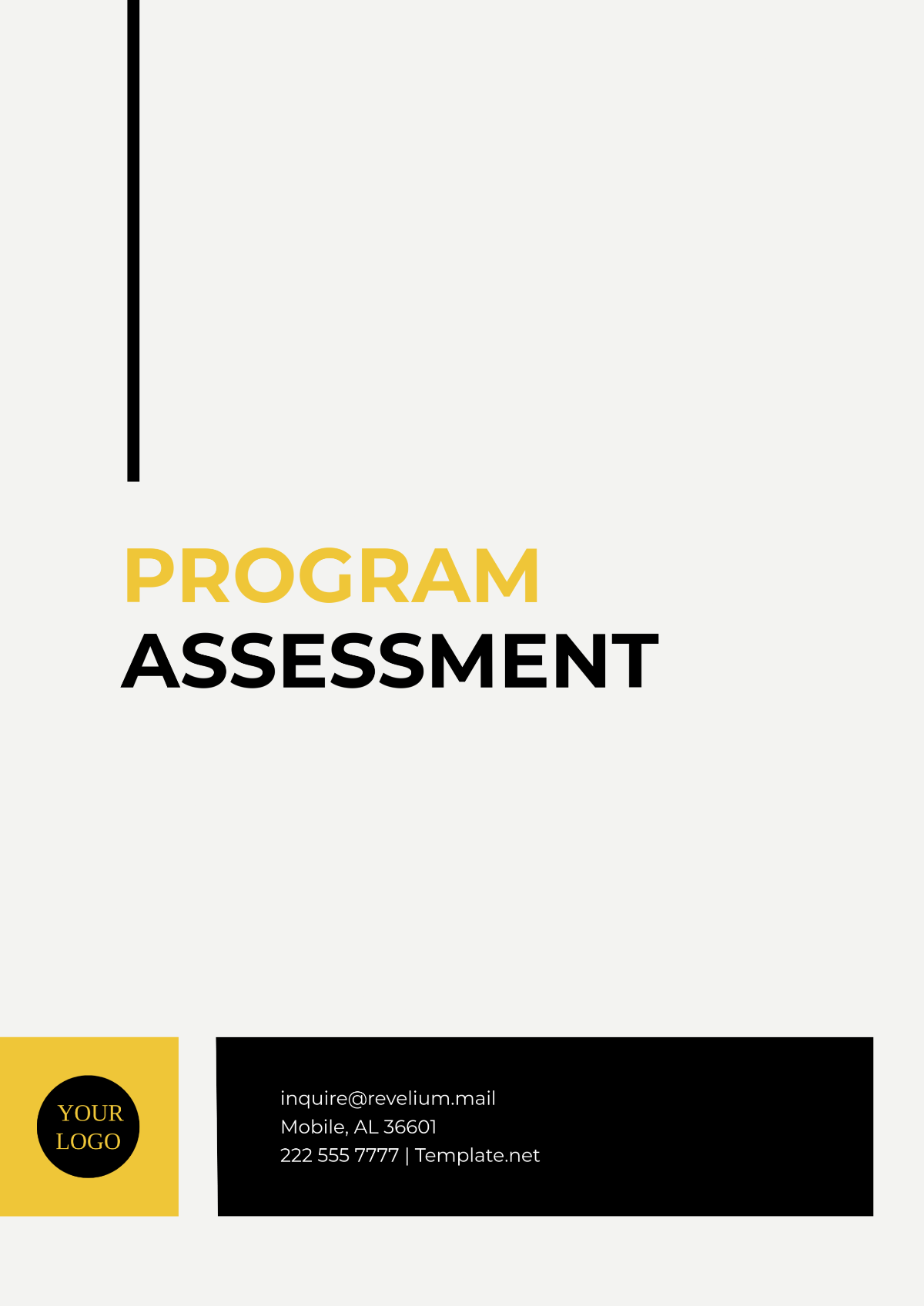Assessment Research Problem
Prepared by: [YOUR NAME]
Date: [DATE]
I. Introduction
A research problem is a specific issue, question, or topic that requires detailed investigation or evaluation. It typically identifies a gap in knowledge, an area of concern, or a challenge that needs to be addressed through research. This concept serves as the foundation for structuring and guiding the entire research process. Below, we will delve into the components and significance of a research problem, methods for identifying one, and approaches to formulating and addressing it in a structured manner.
II. Understanding the Research Problem
A research problem can emerge from a variety of sources, including literature gaps, practical issues, or theoretical frameworks needing refinement. Recognizing and clearly articulating a research problem is essential as it determines the direction and scope of the study.
Literature Gaps: Identifying missing information, unresolved questions, or contradictory findings in existing studies.
Theoretical Frameworks: Refining or challenging existing theories to better explain phenomena.
III. Characteristics of a Good Research Problem
For a research problem to be effective and meaningful, it should possess certain key characteristics:
Clarity: The problem should be clearly defined and easily understood.
Relevance: It must address a significant issue that is pertinent to the field of study.
Feasibility: It should be practical to investigate within the available time frame and resources.
Novelty: The problem should present a fresh perspective or add new knowledge to the existing literature.
Specificity: It should be focused enough to guide the research methodology and analysis effectively.
IV. Methods for Identifying a Research Problem
Identifying a research problem involves several steps that typically include a thorough review of existing literature, consultations with experts, and critical thinking. Common methods include:
Literature Review: Conducting a comprehensive review of existing studies to identify gaps or inconsistencies.
Brainstorming Sessions: Engaging with colleagues, mentors, or industry experts to generate potential research questions.
Field Observations: Observing real-world scenarios to identify unaddressed issues or challenges.
Surveys and Interviews: Collecting data from stakeholders to identify common concerns and areas needing investigation.
V. Formulating a Research Problem
Once a potential research problem is identified, the next step is to formulate it clearly and concisely. This involves:
Defining the Scope: Narrowing down the problem to a specific aspect that can be effectively investigated.
Formulating Research Questions: Developing clear and focused research questions to guide the study.
VI. Assessment and Evaluation of the Research Problem
Assessing a research problem involves critically evaluating its significance, feasibility, and potential impact. Key considerations include:
Significance: Evaluating the importance of the problem within the field of study and its potential contribution to knowledge or practice.
Feasibility: Assessing whether the problem can be realistically investigated given the available resources, time, and expertise.
Ethical Considerations:
Potential Impact:
Criteria | Questions to Consider |
|---|---|
Significance | Why is this problem important? How will it contribute to the field? |
Feasibility | Can the problem be investigated with the available resources and time? |
Ethical Considerations | Are there any ethical issues in investigating this problem? |
Potential Impact | What are the possible outcomes and implications of the research? |
VII. Conclusion
In conclusion, a well-defined research problem is crucial for the success and relevance of any study. It lays the groundwork for the research design, methodology, and analysis, ensuring that the investigation is focused, feasible, and significant. By carefully identifying, formulating, and assessing a research problem, researchers can contribute valuable insights and advancements to their field of study.
VIII. References
Blair, E. (2050). Writing a Graduate Thesis or Dissertation. Sense Publishers.
Booth, W. C., Colomb, G. G., & Williams, J. M. (2051). The Craft of Research (3rd ed.). University of Chicago Press.
Creswell, J. W. (2052). Research Design: Qualitative, Quantitative, and Mixed Methods Approaches (4th ed.). SAGE Publications, Inc.
Yin, R. K. (2053). Case Study Research and Applications: Design and Methods. SAGE Publications, Inc.
